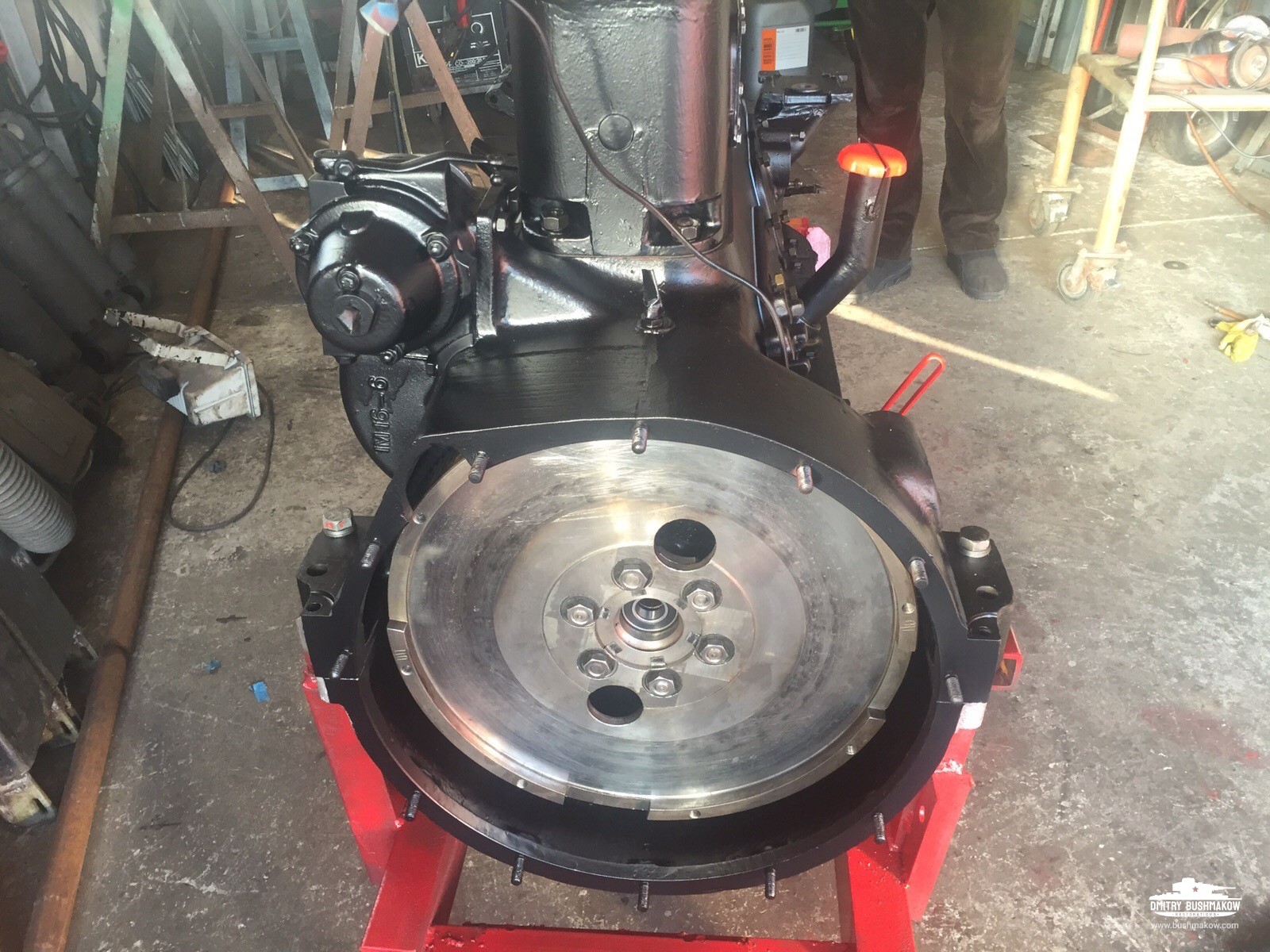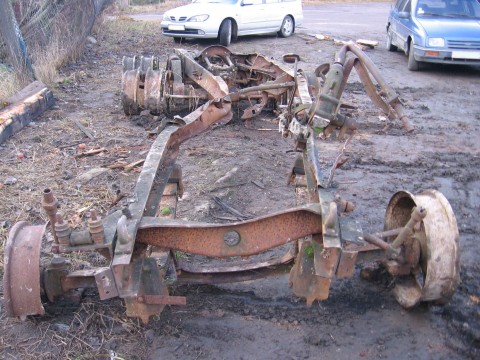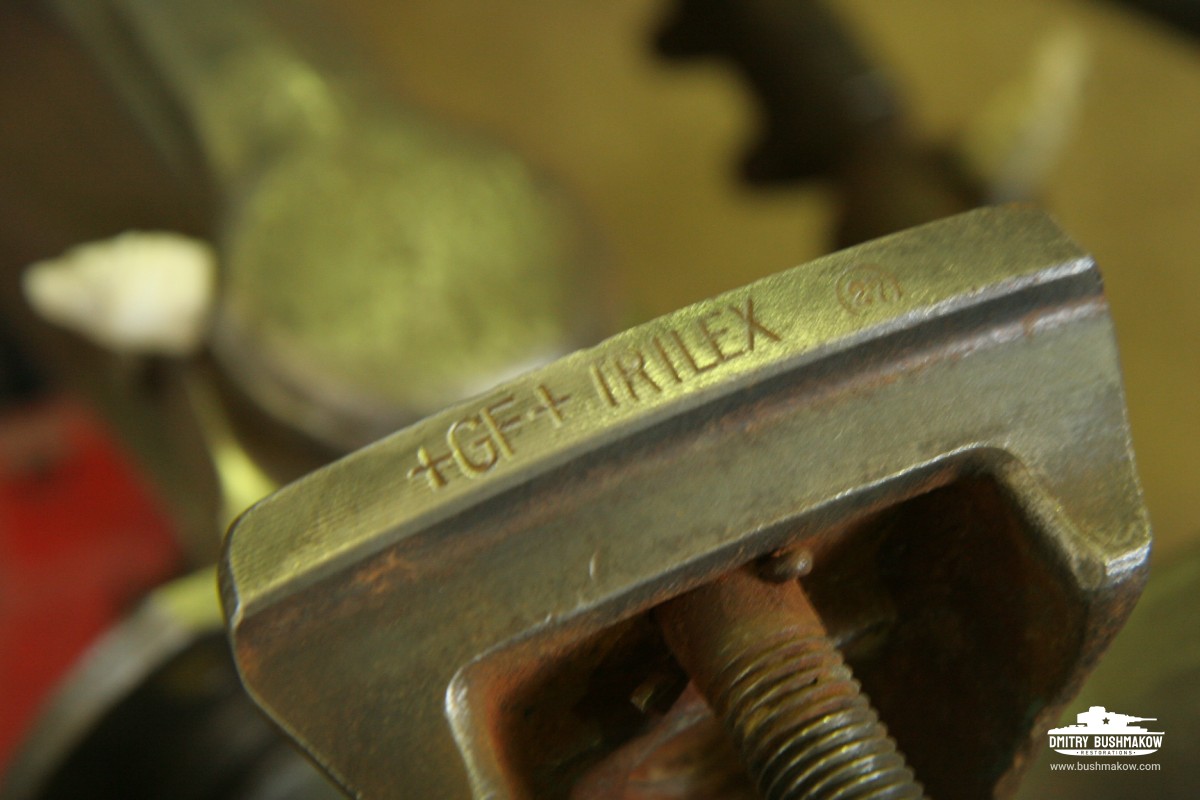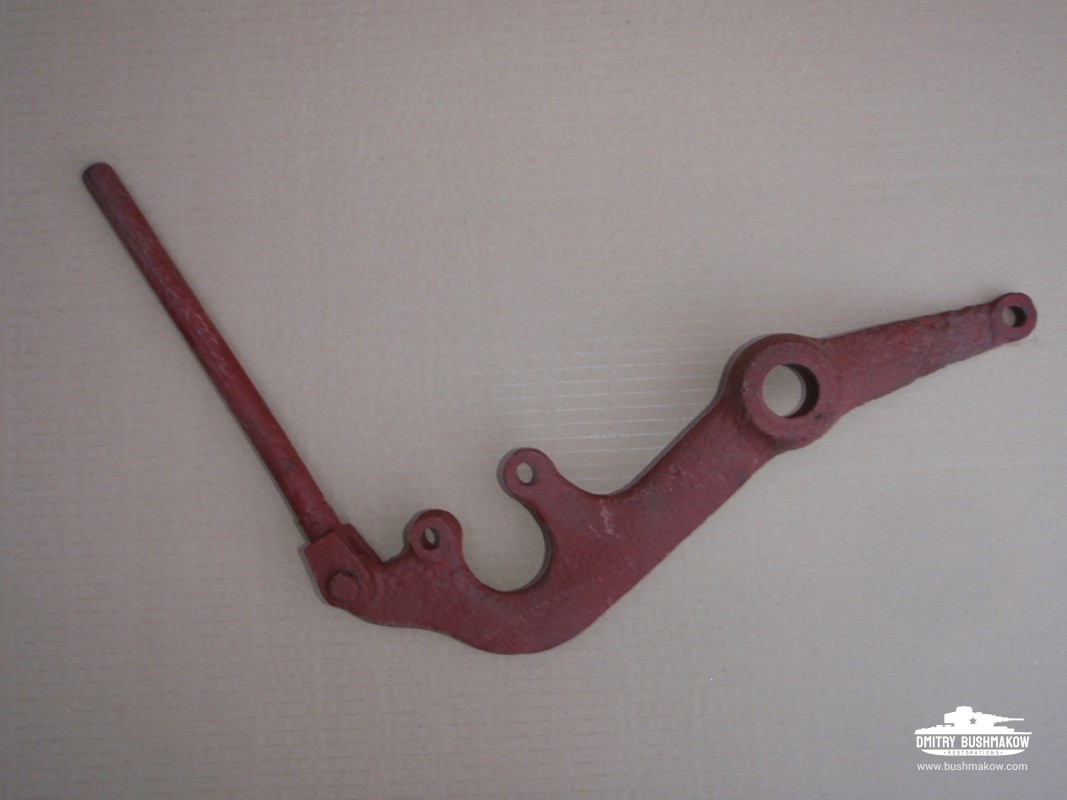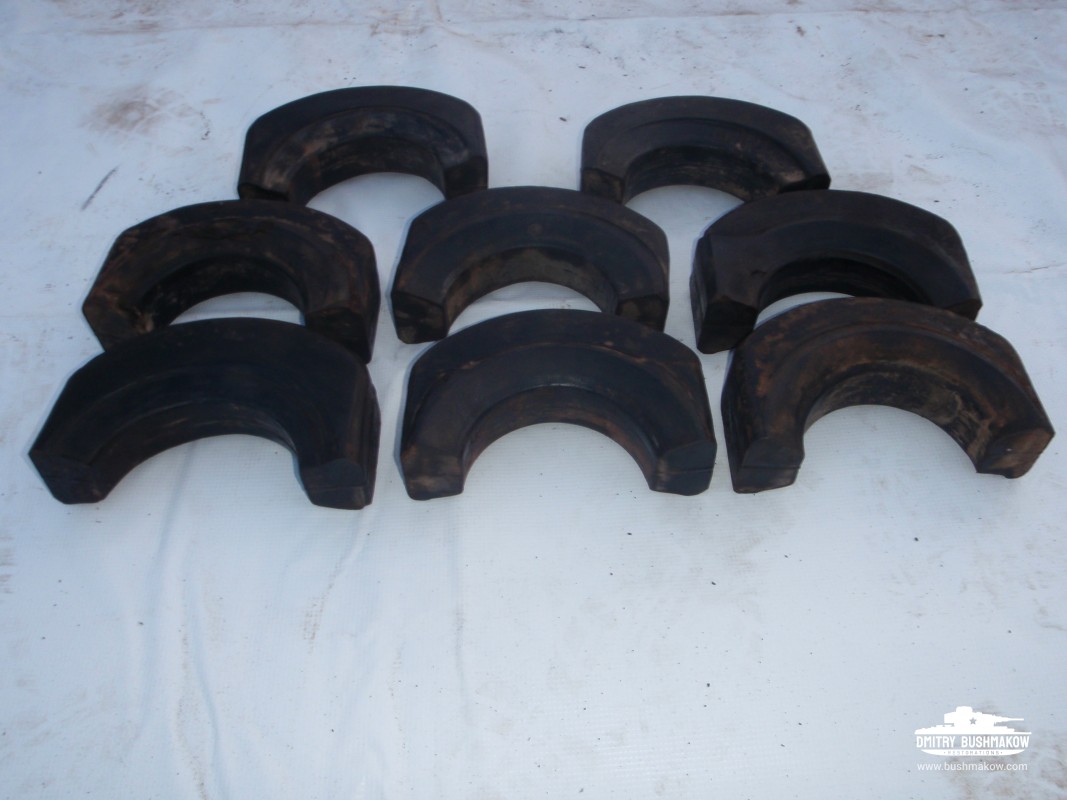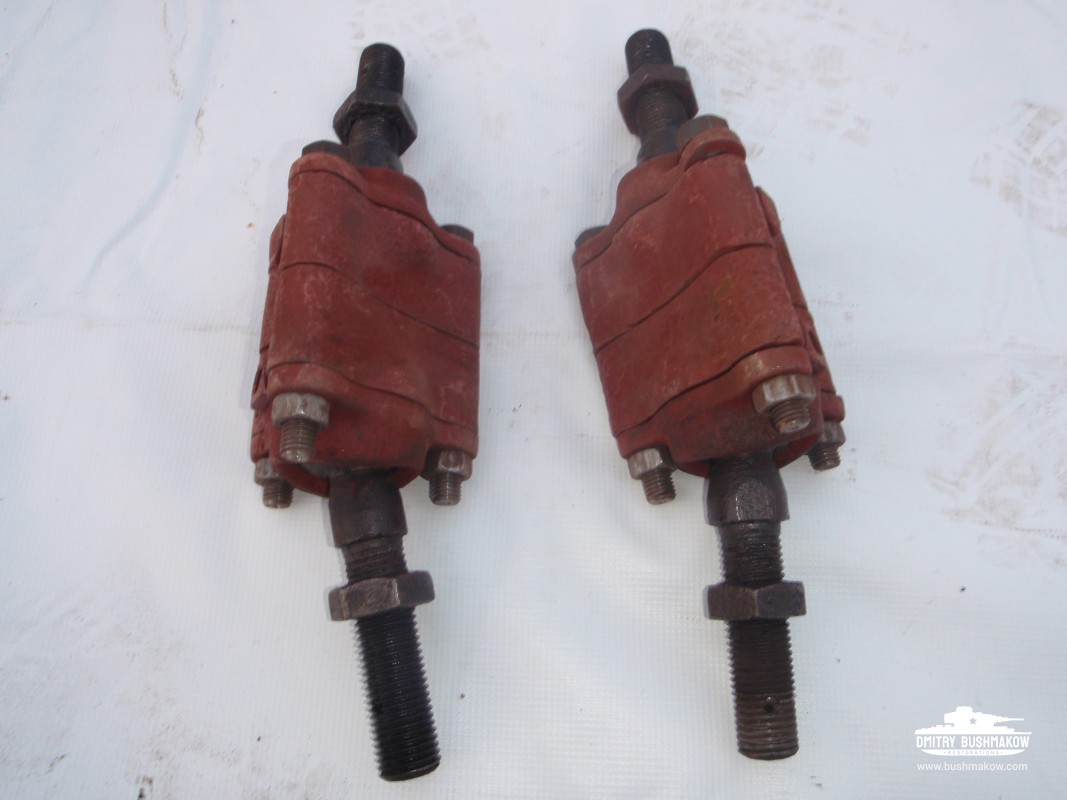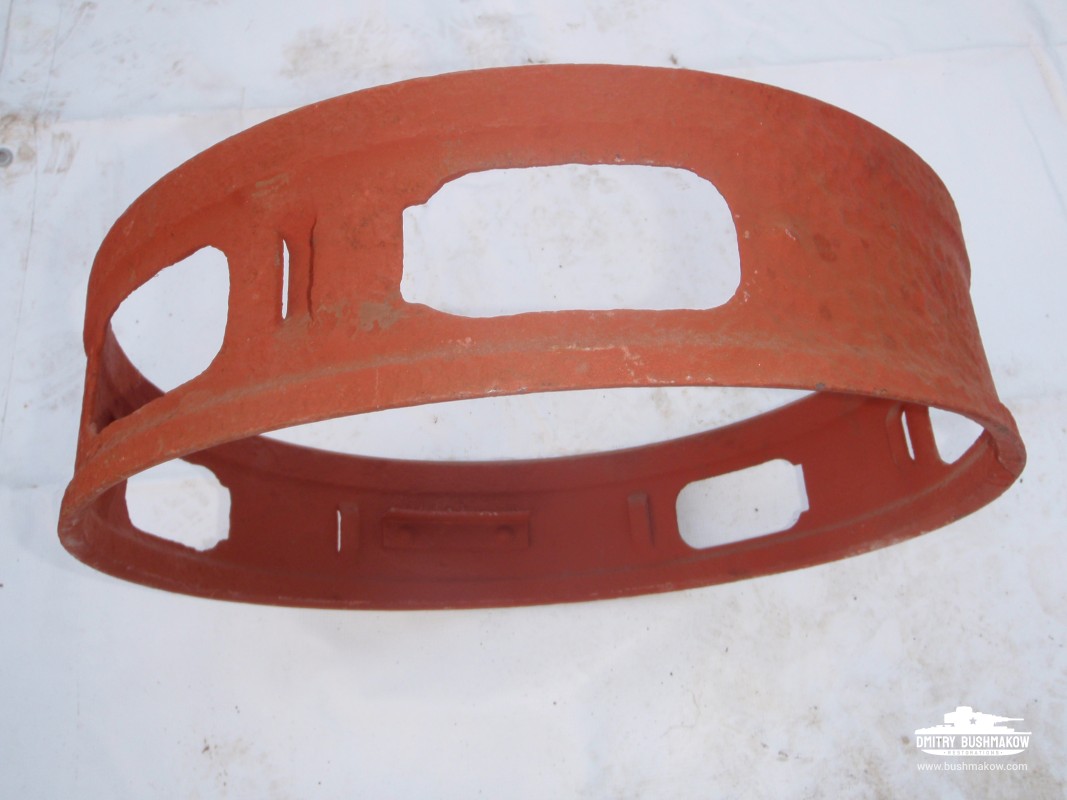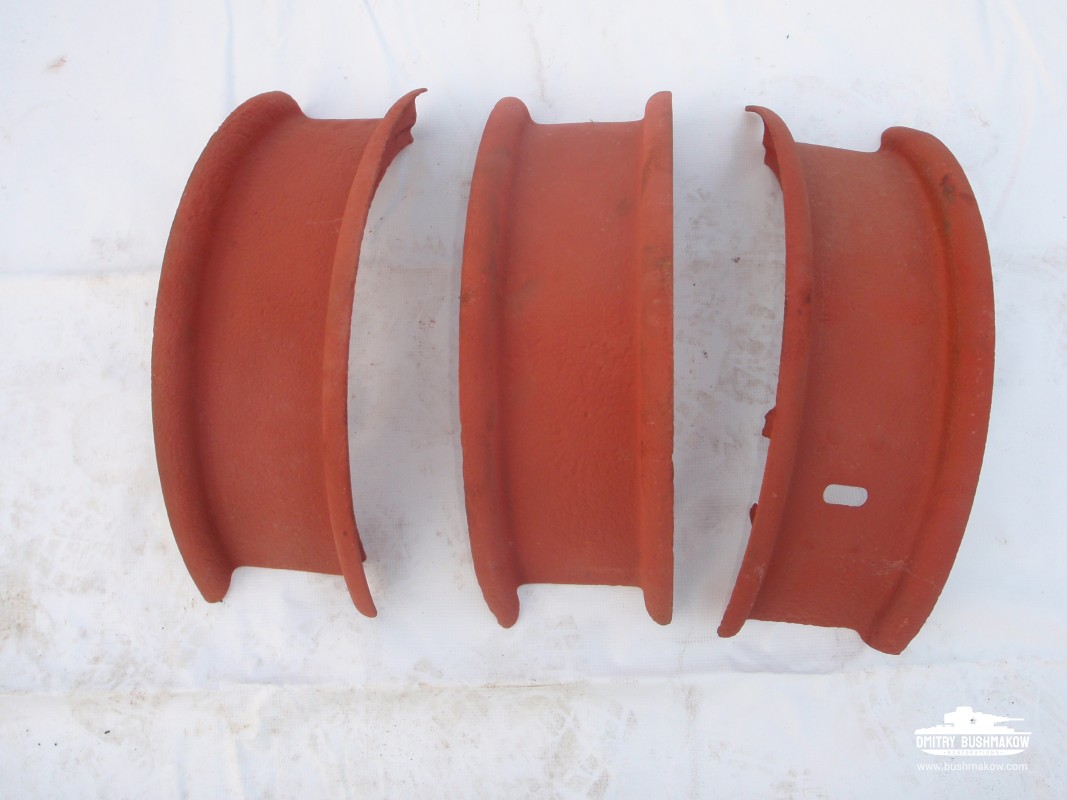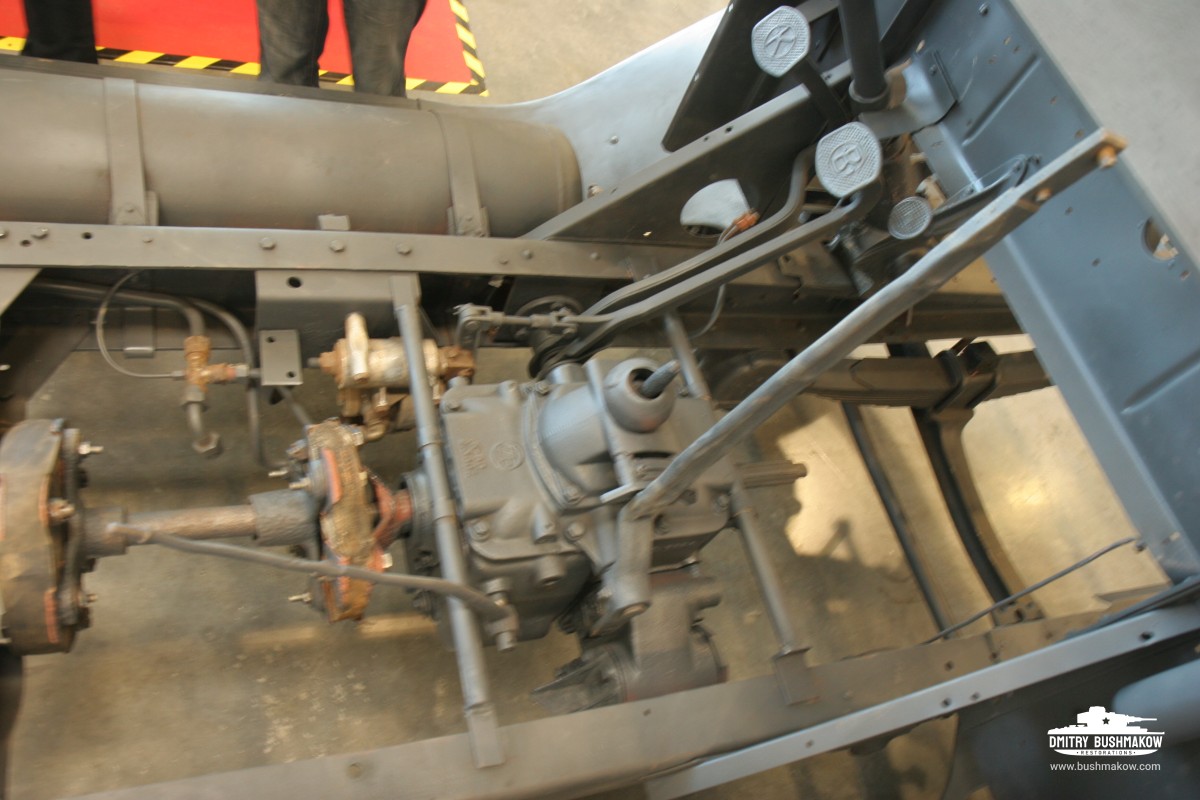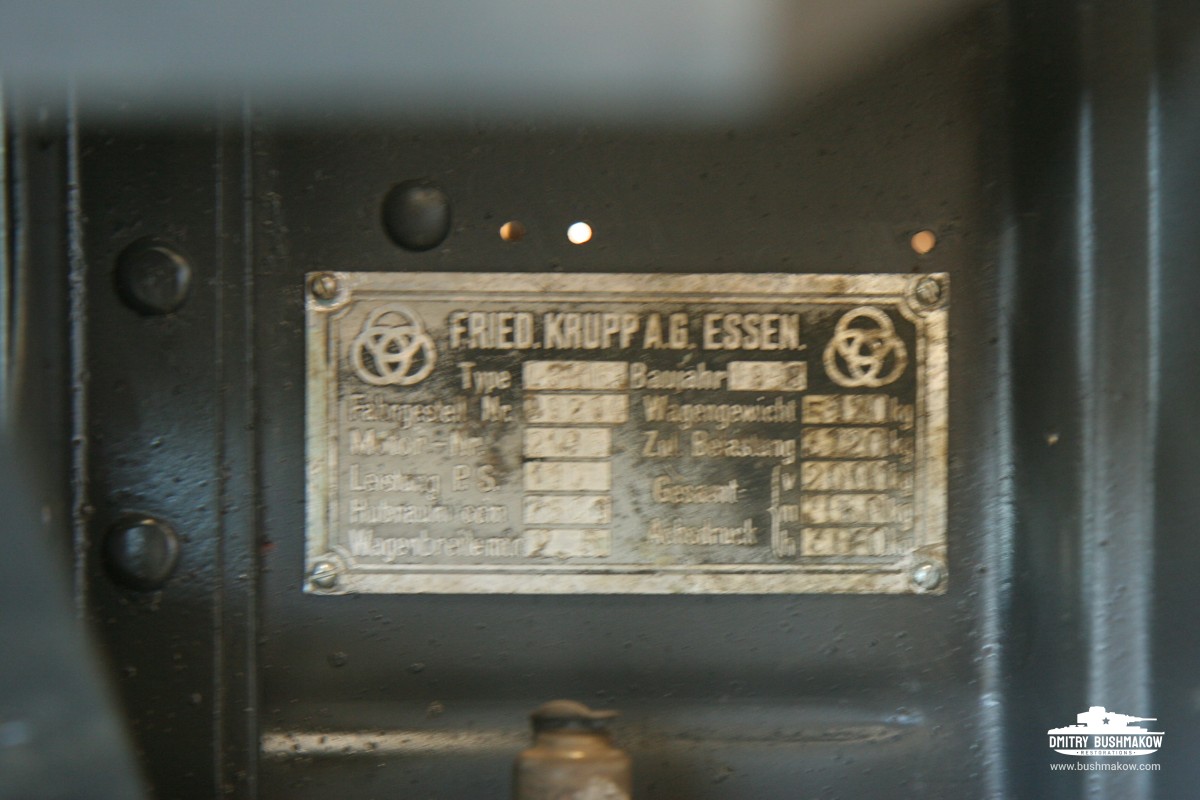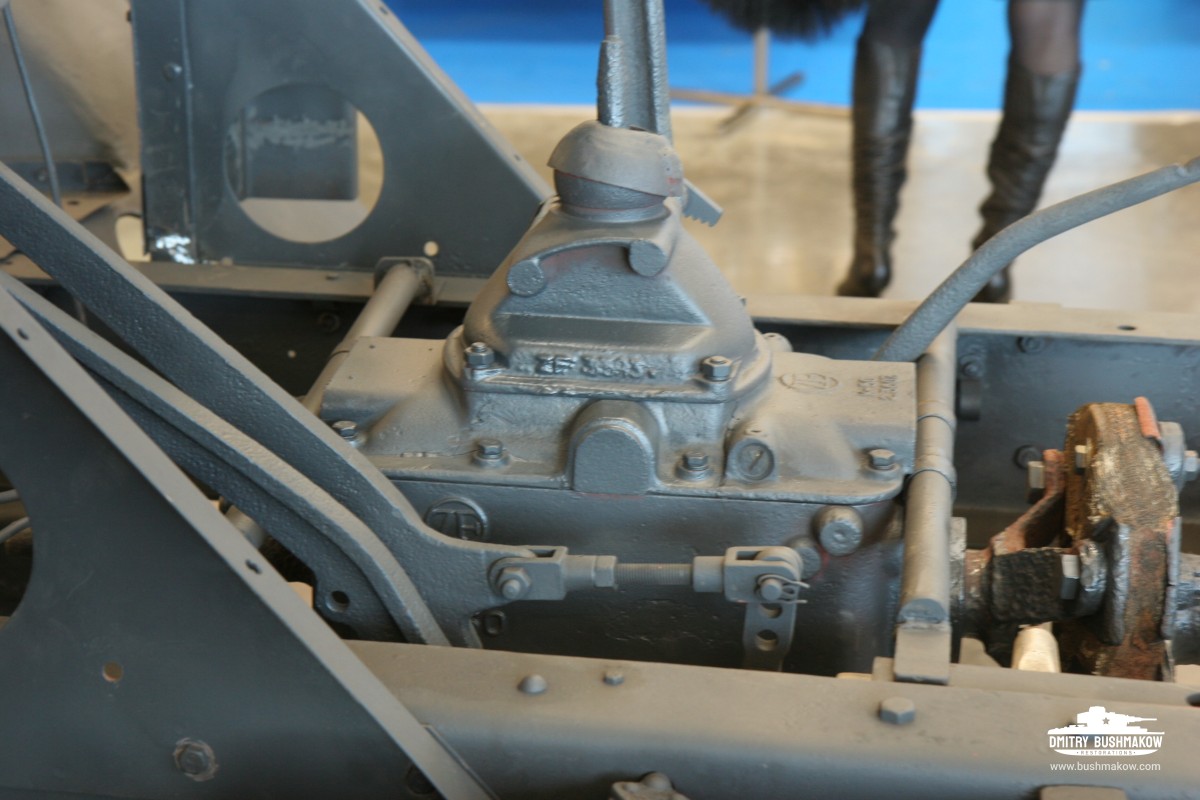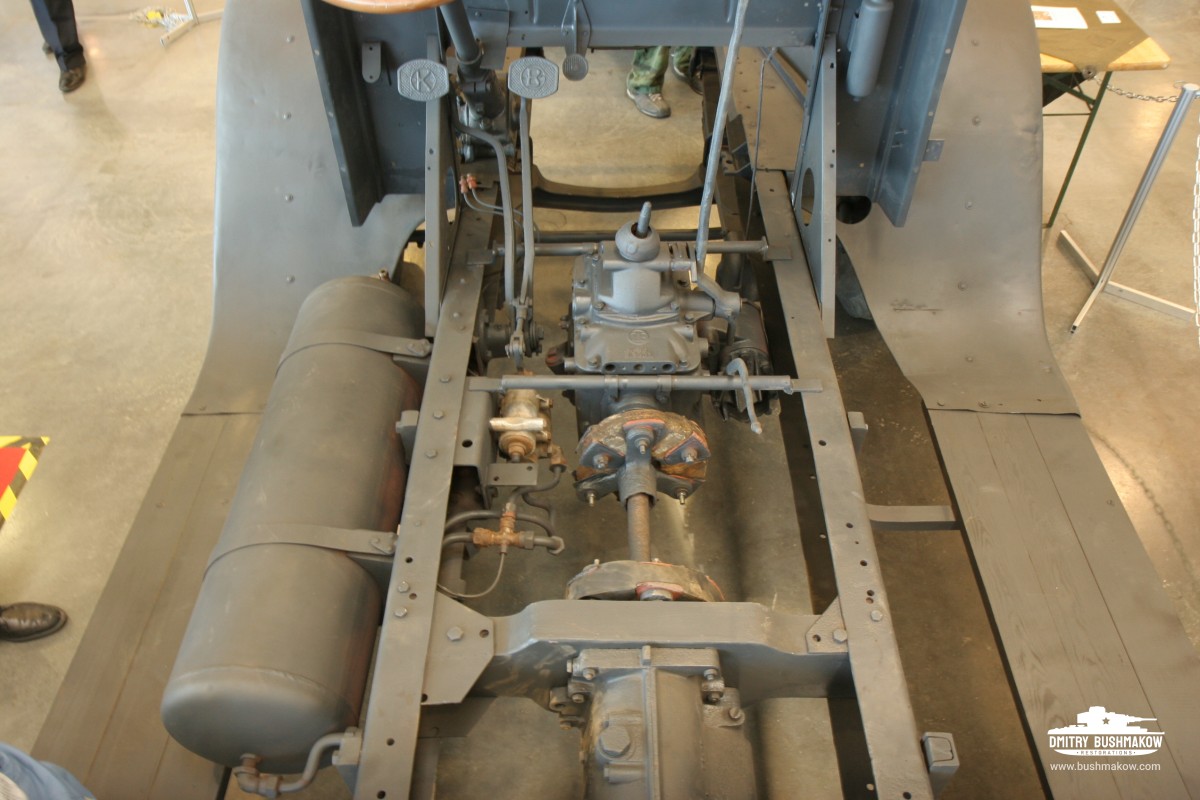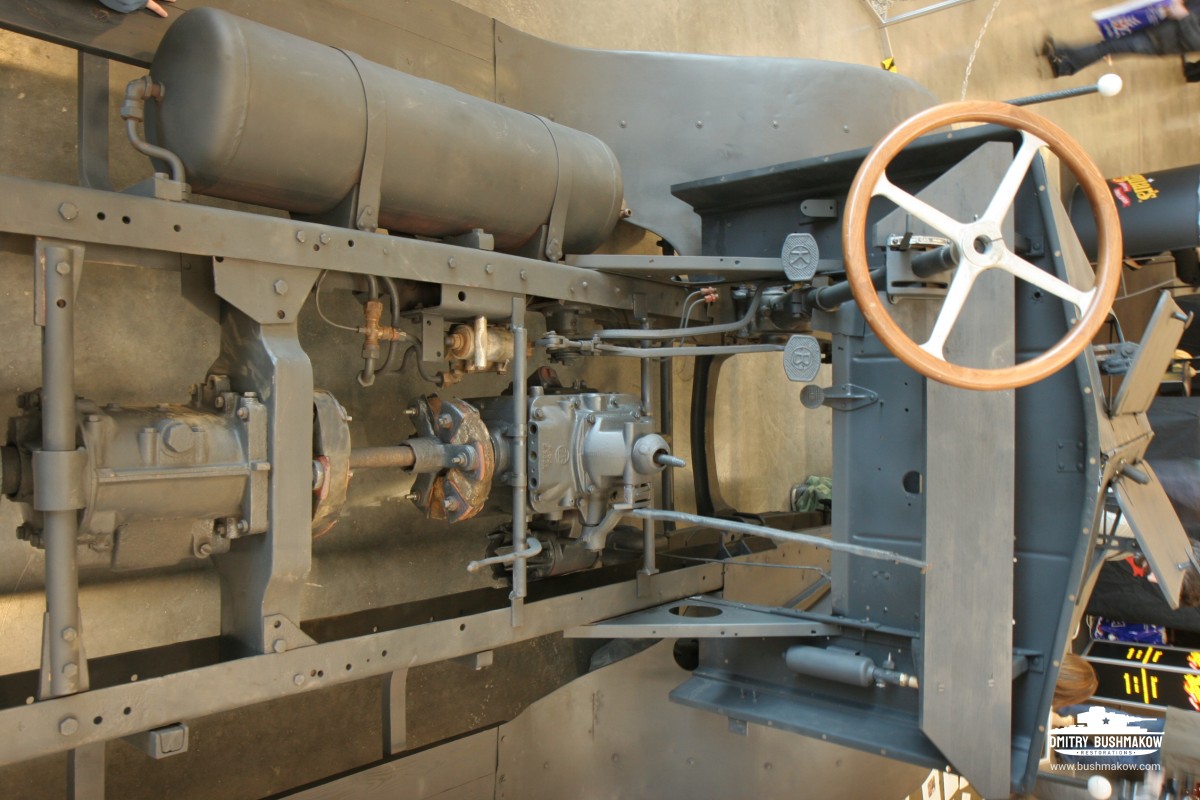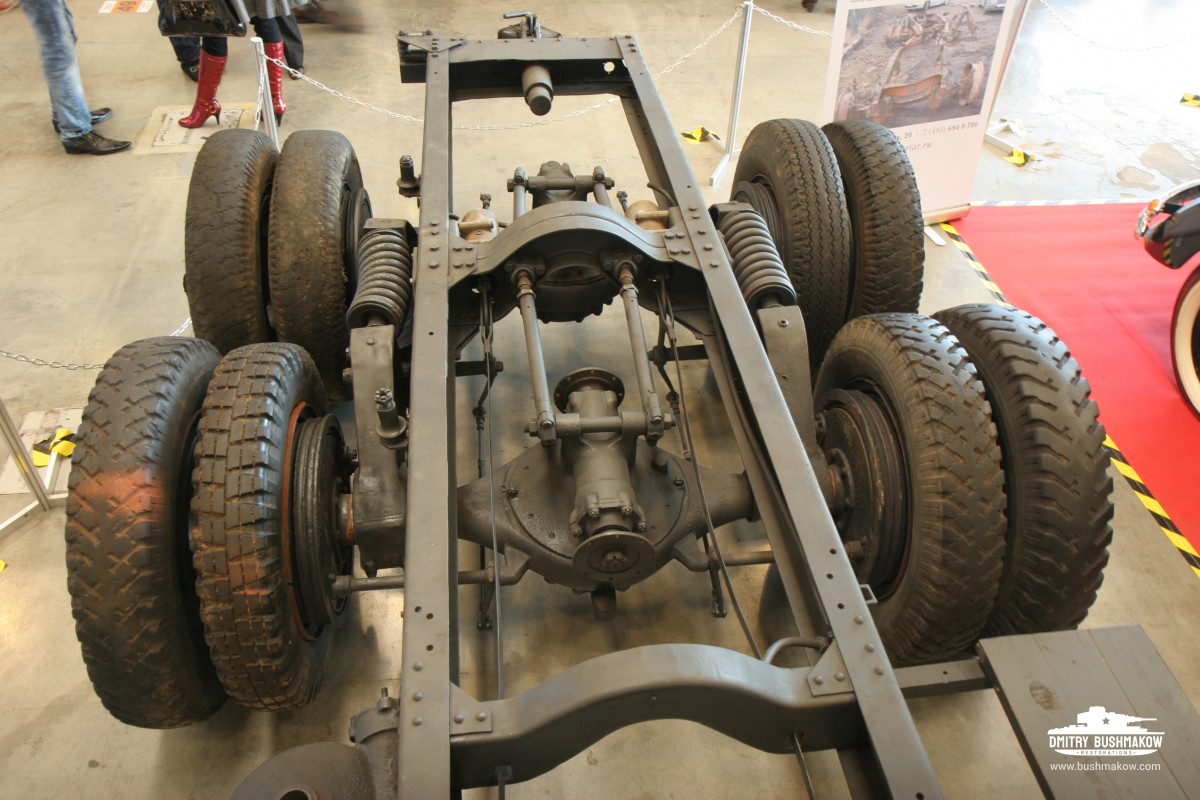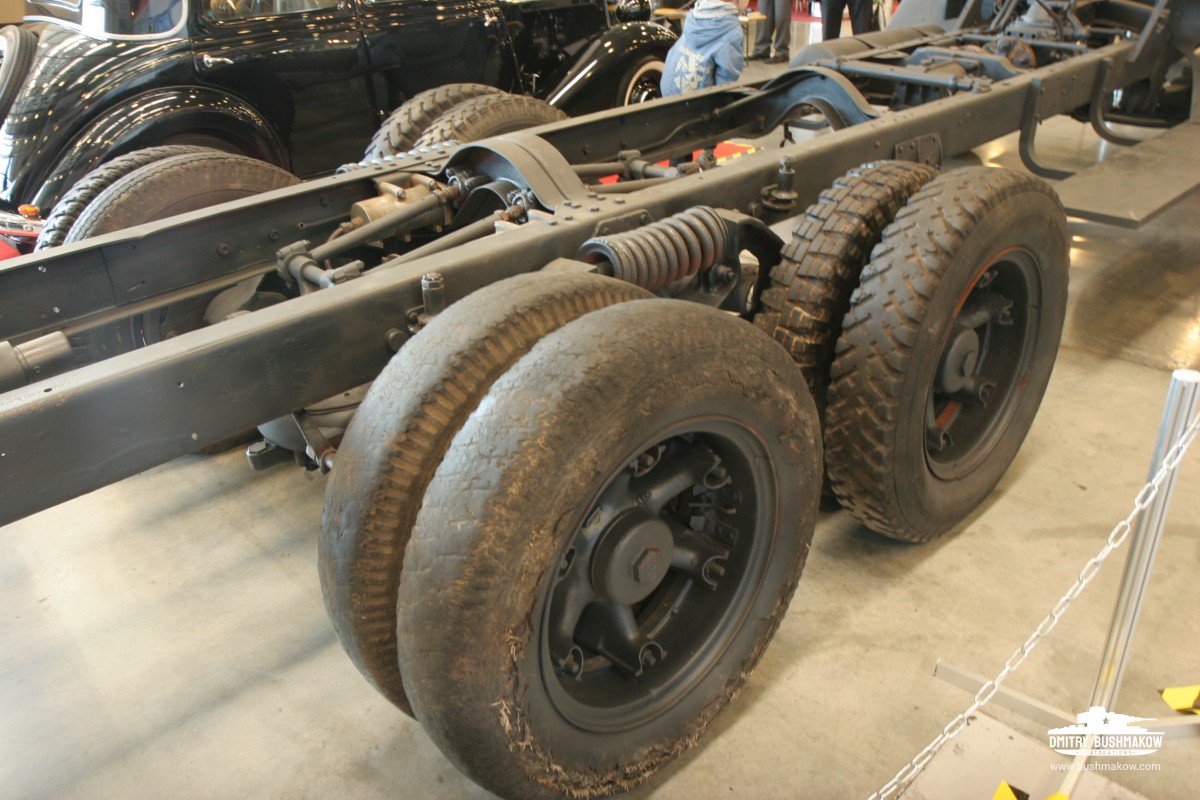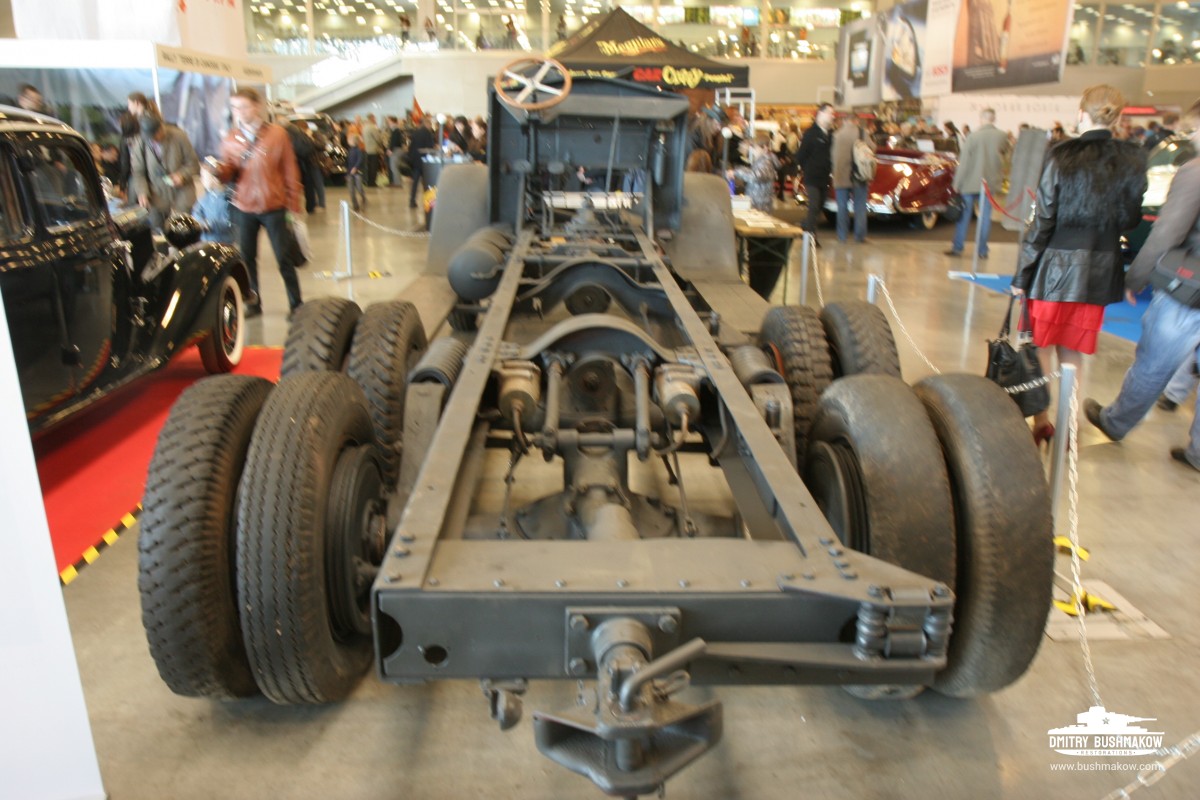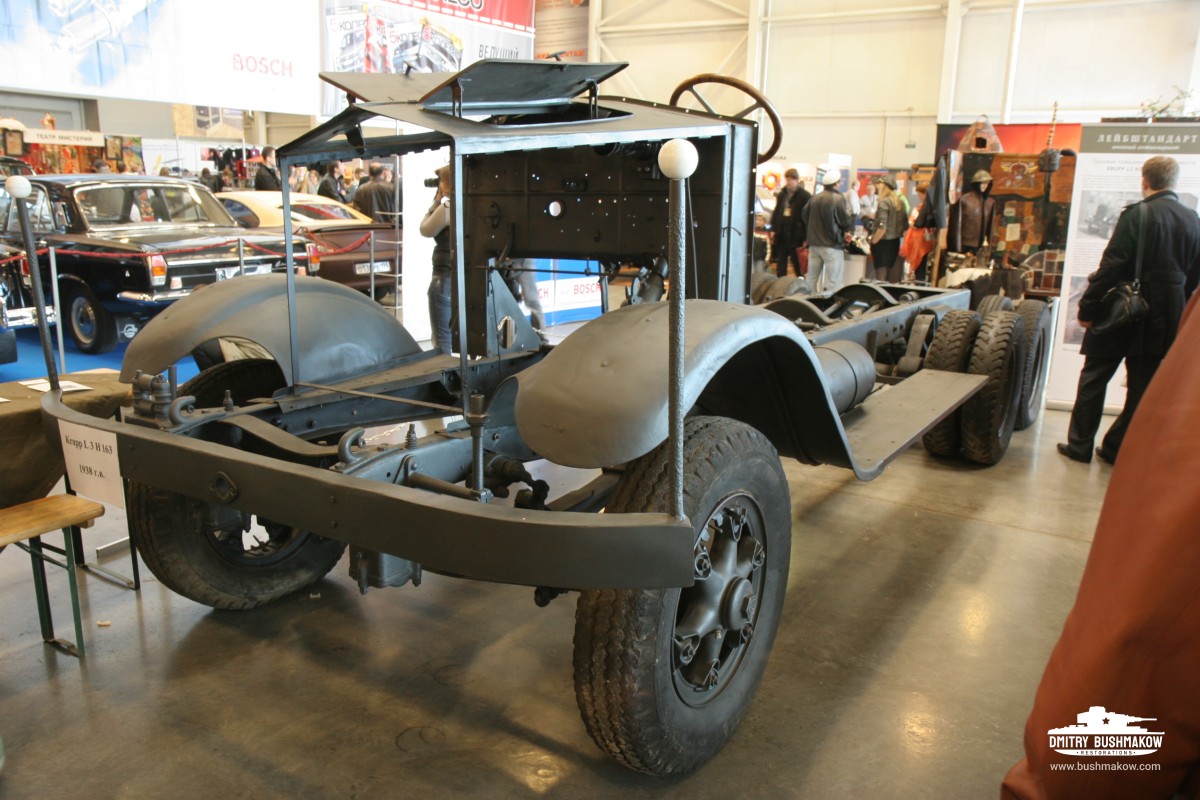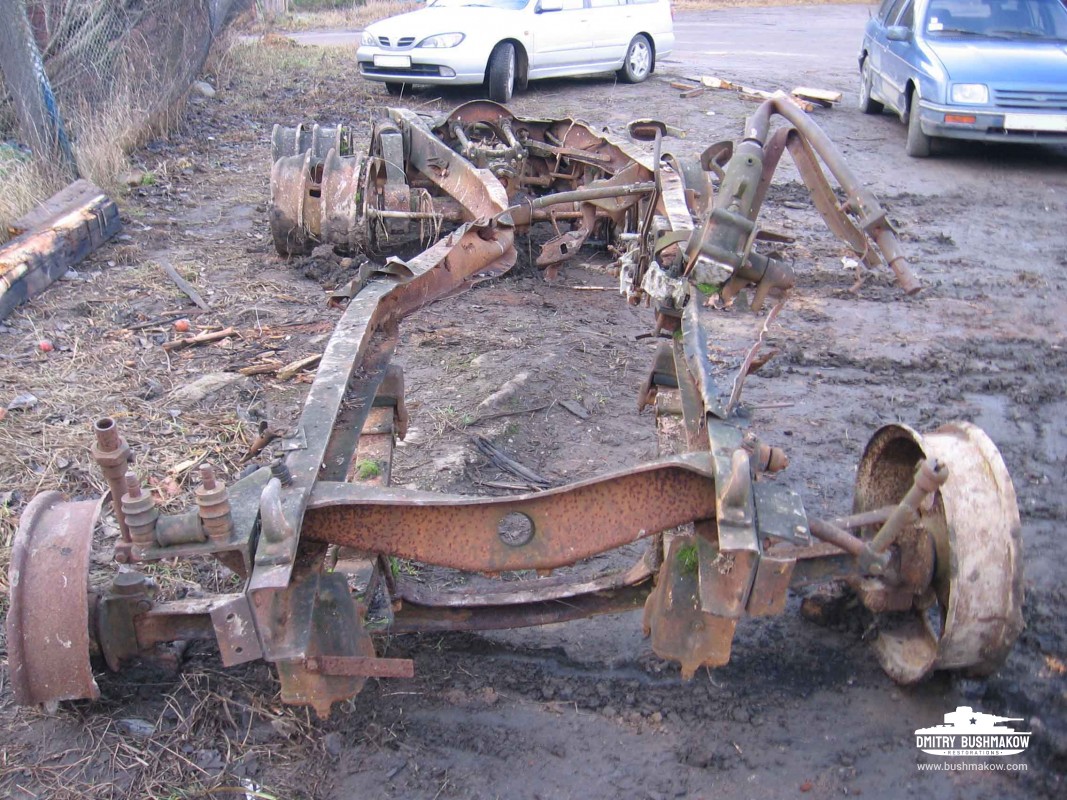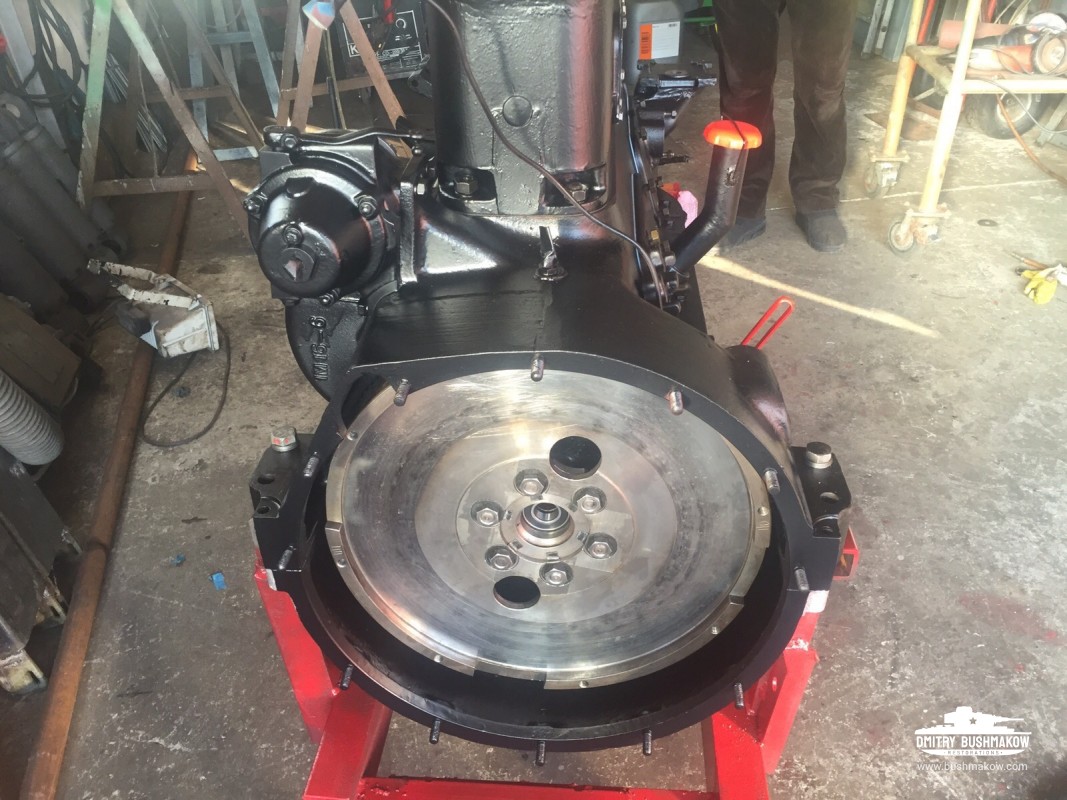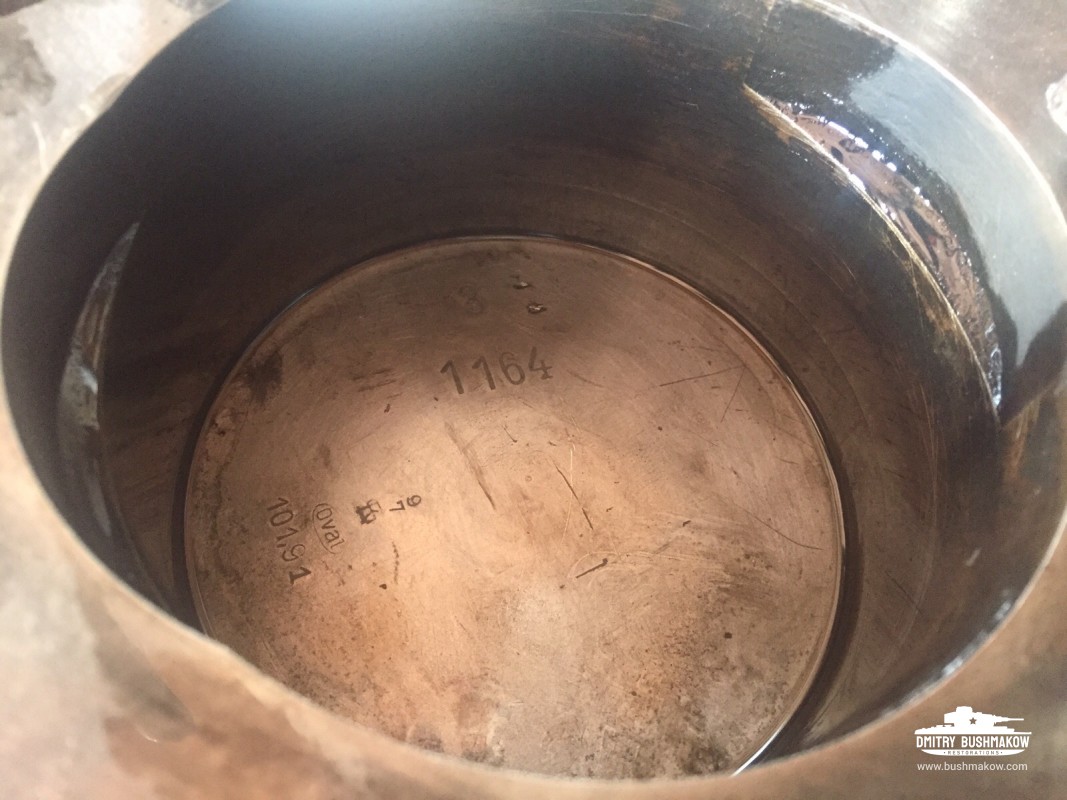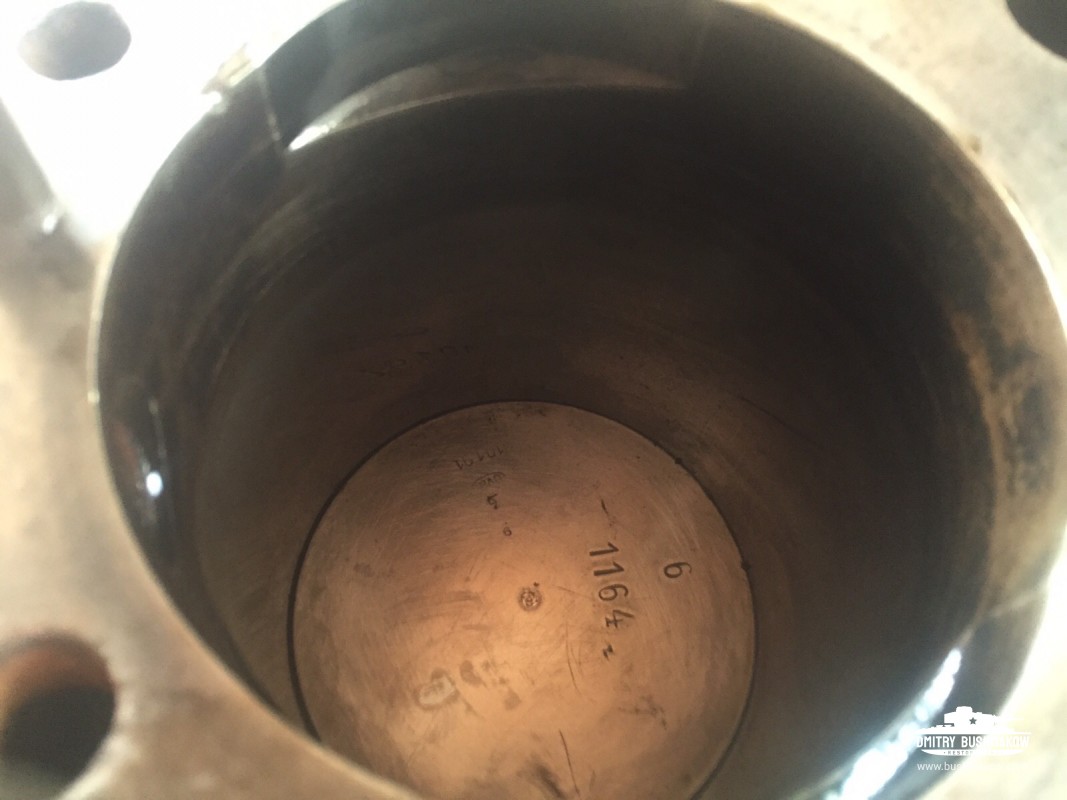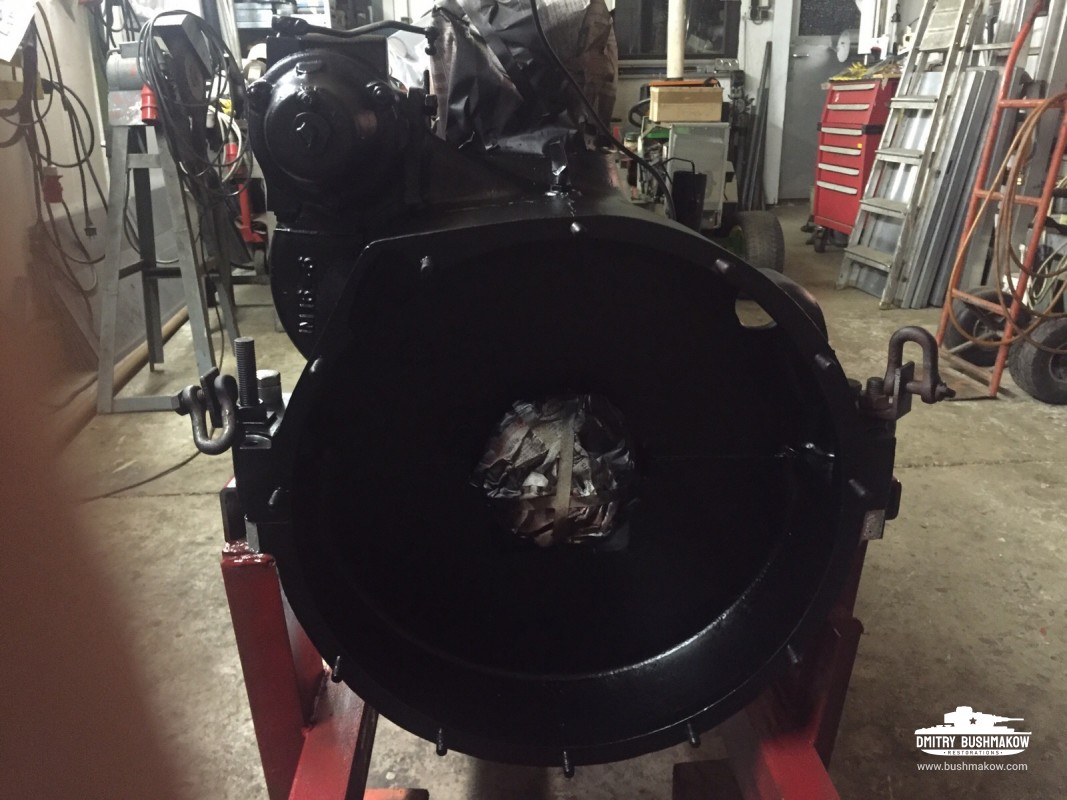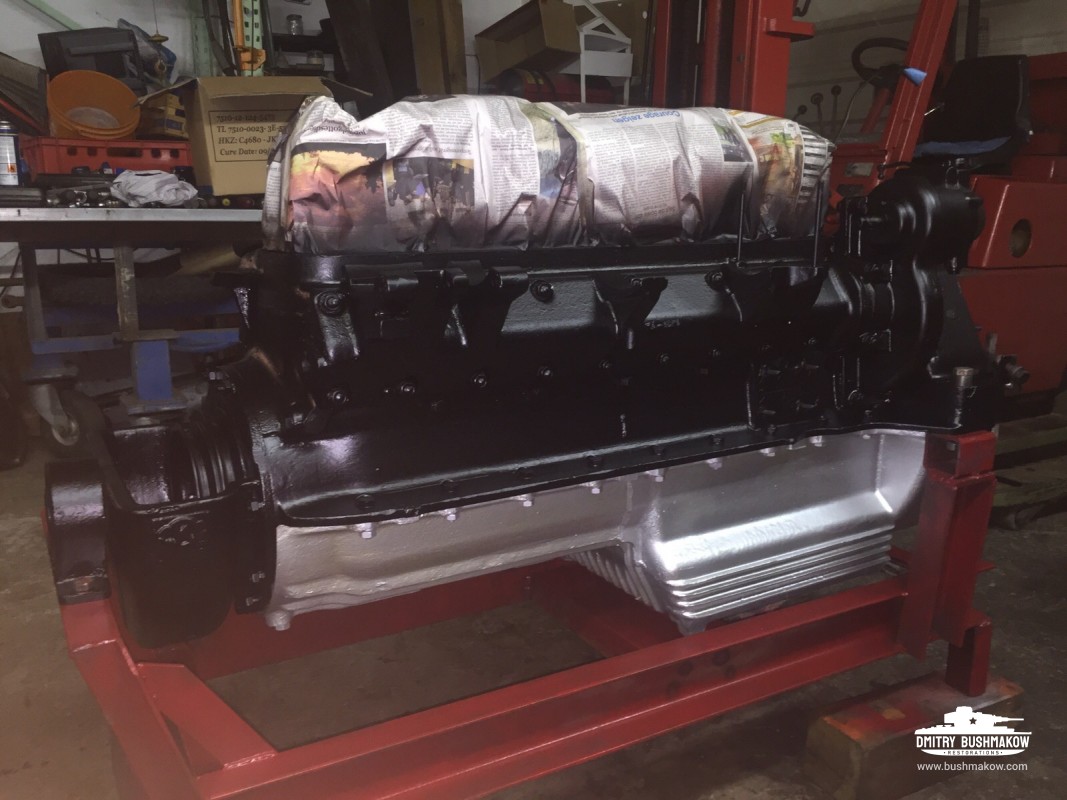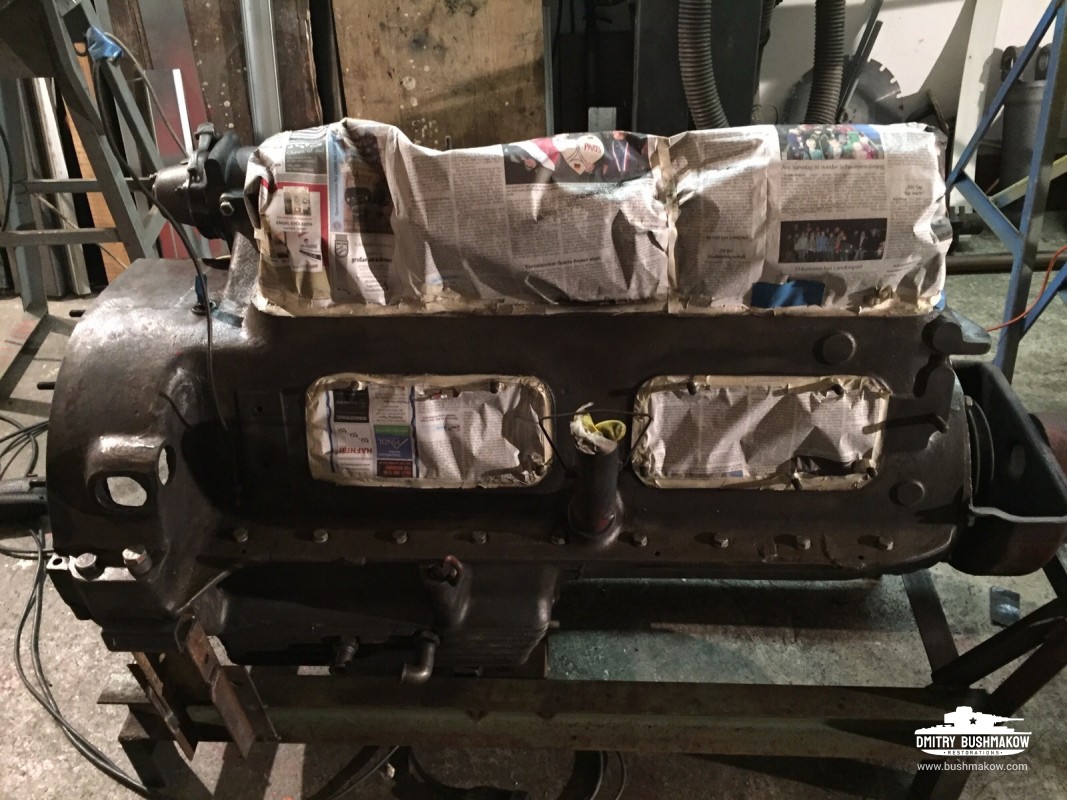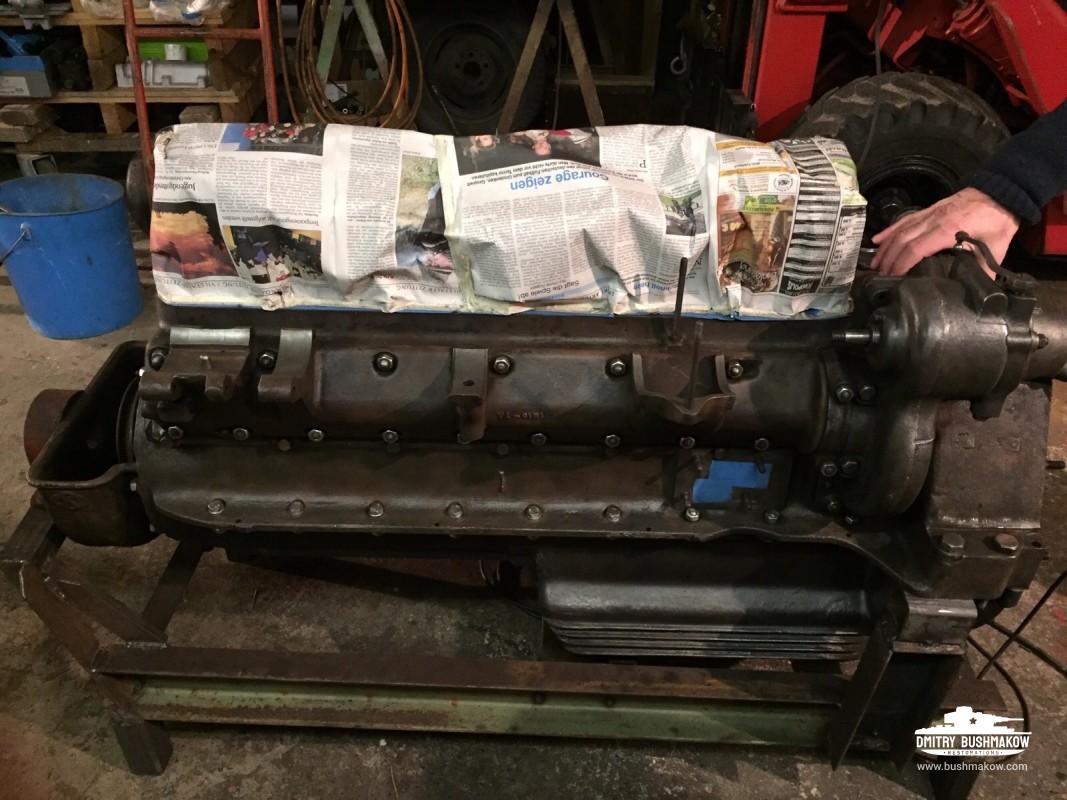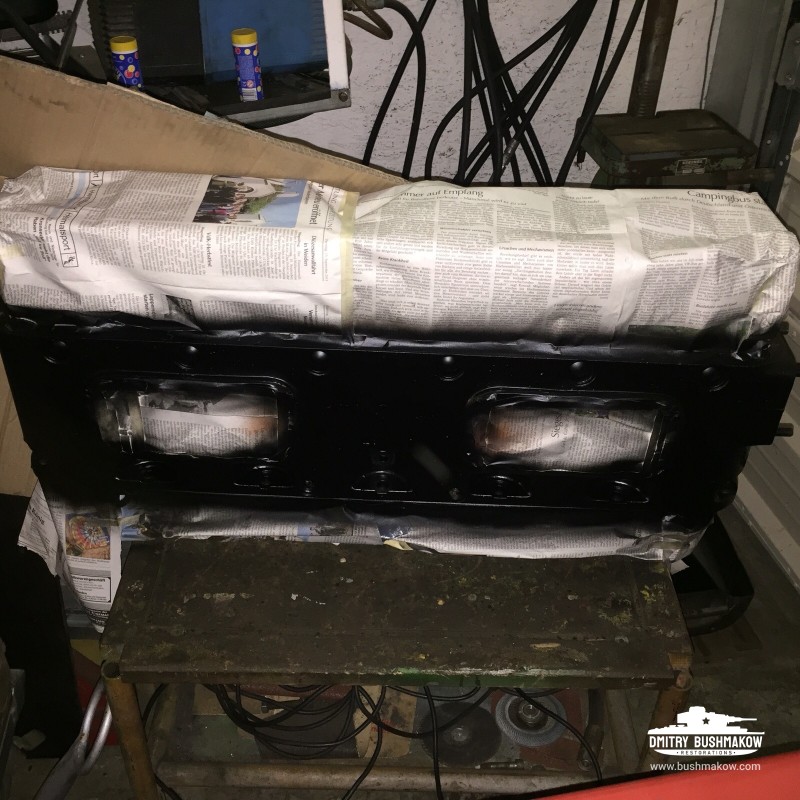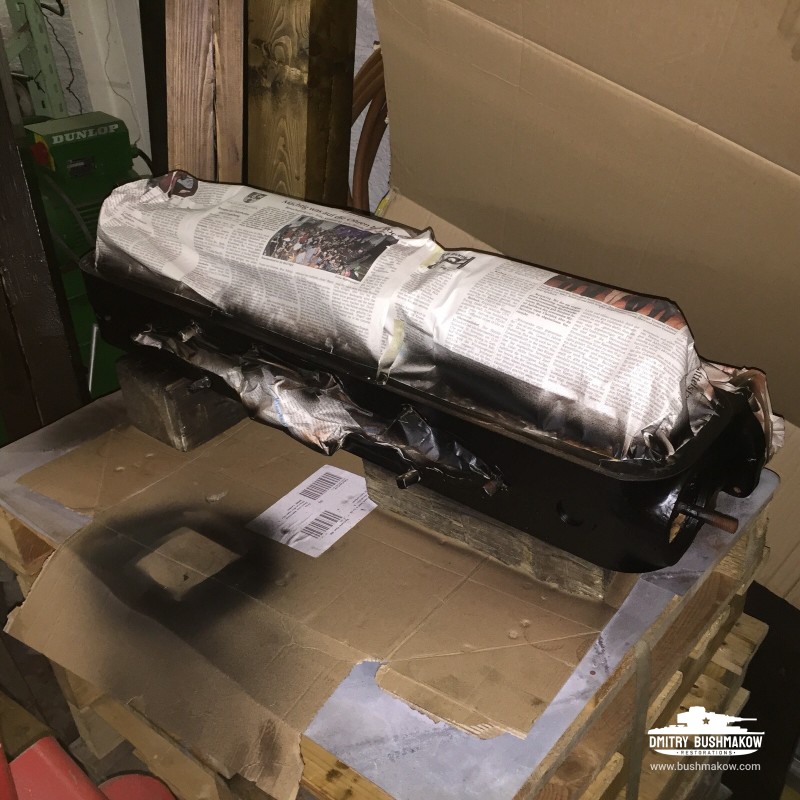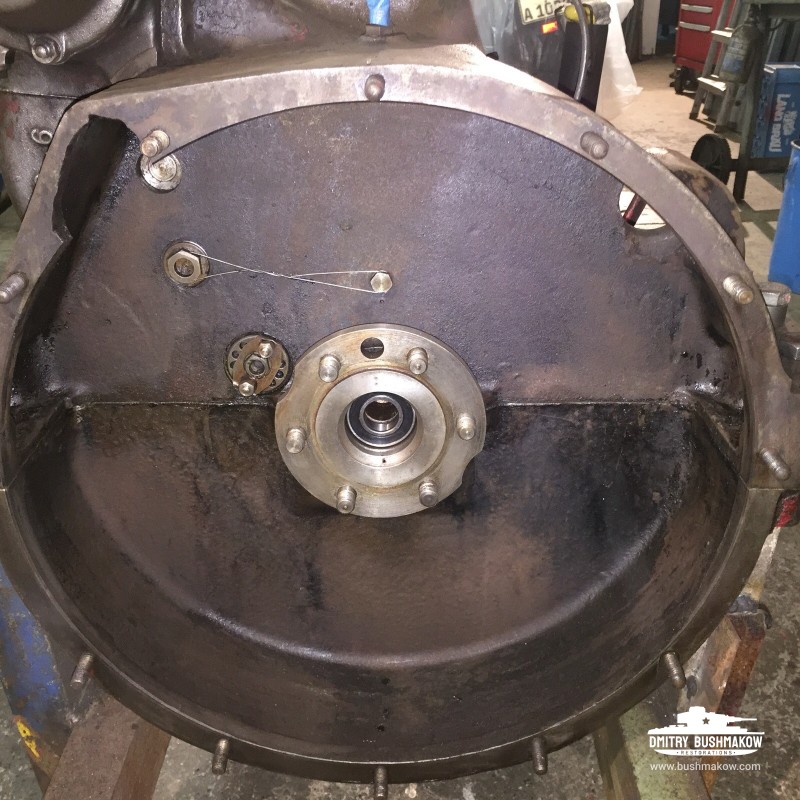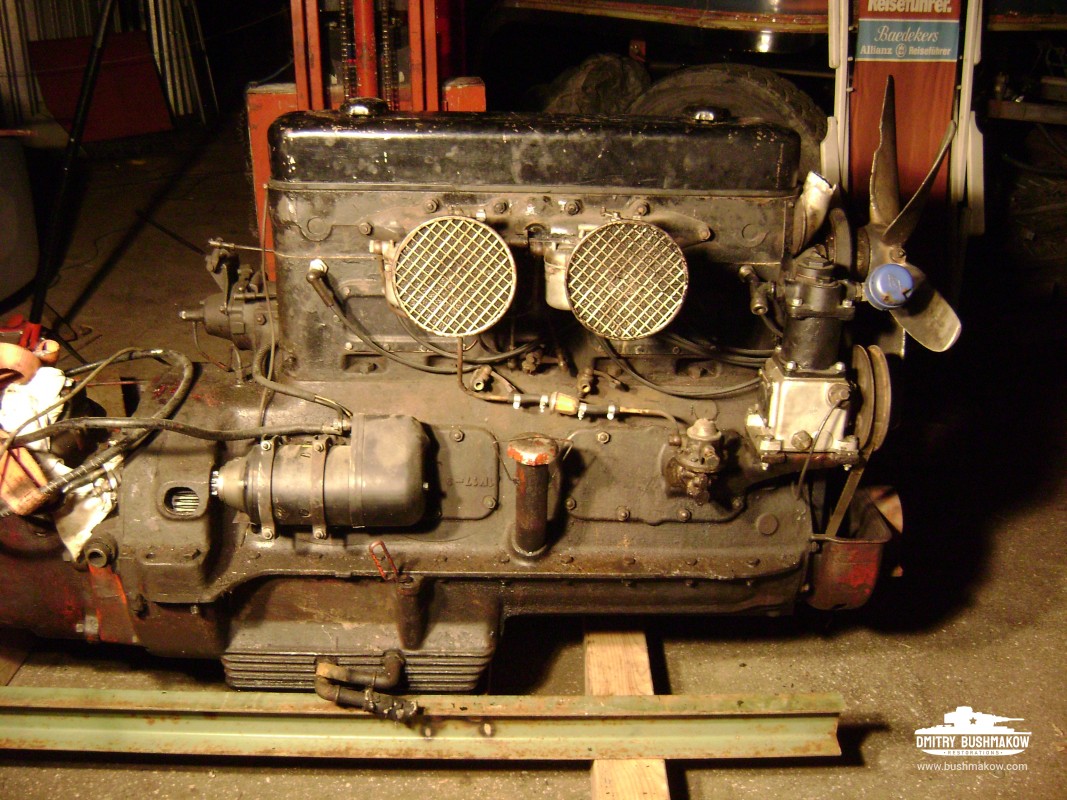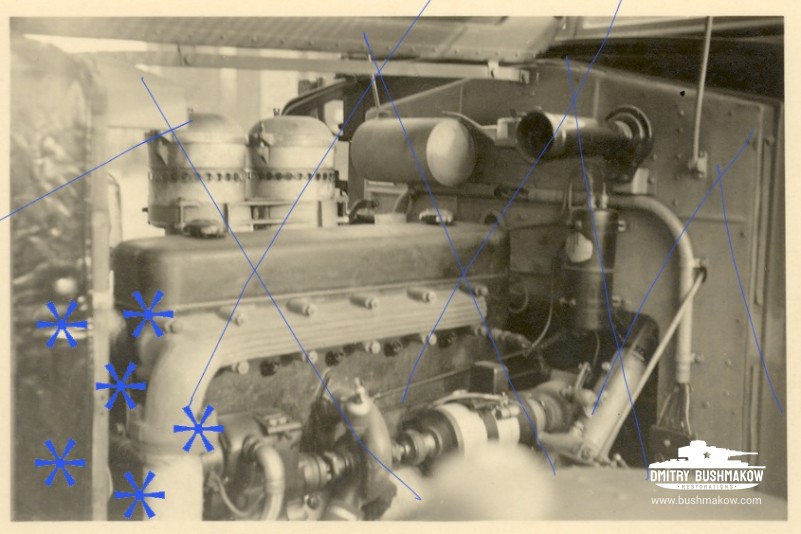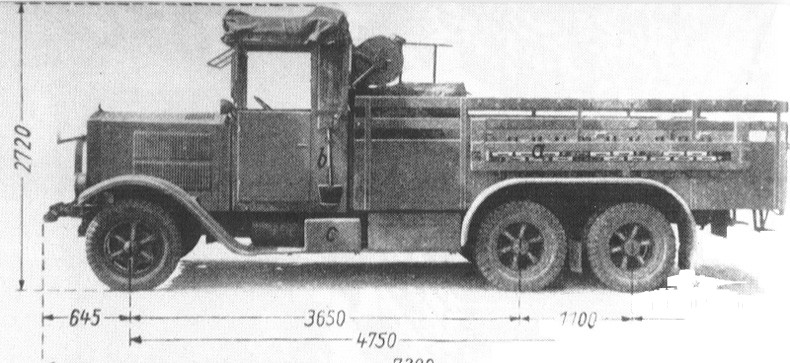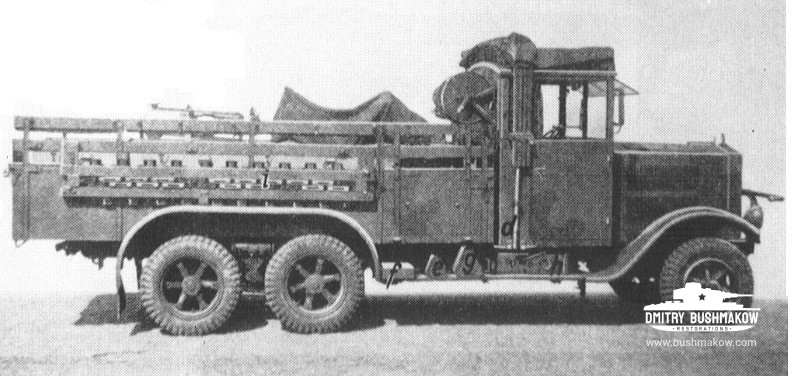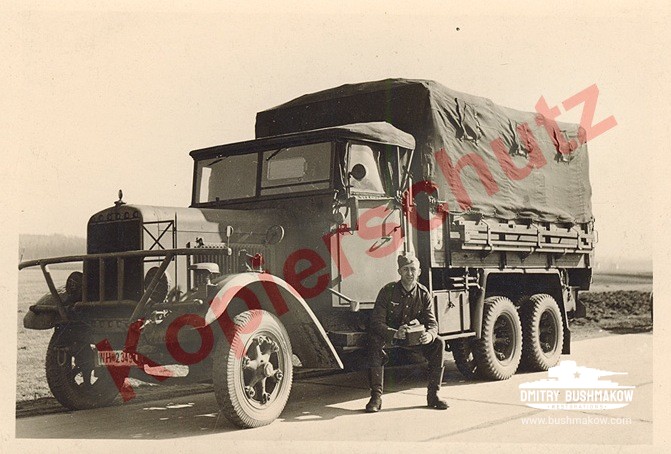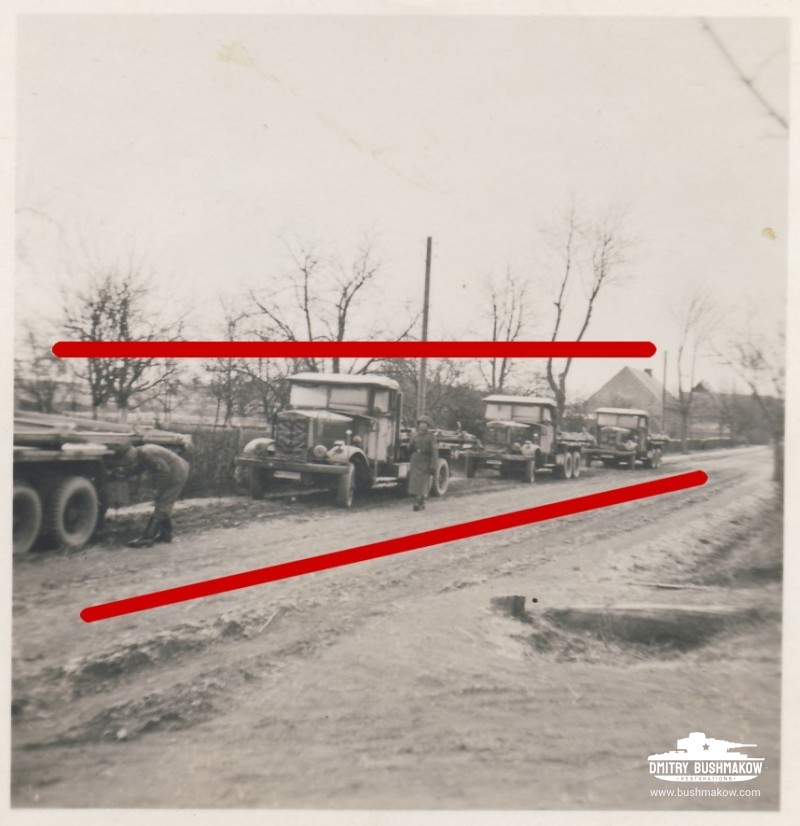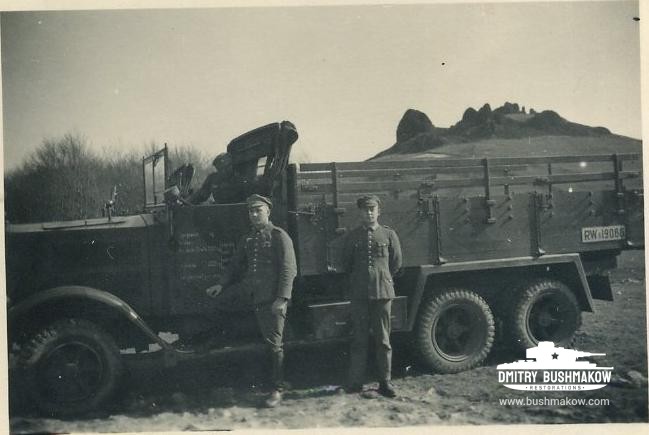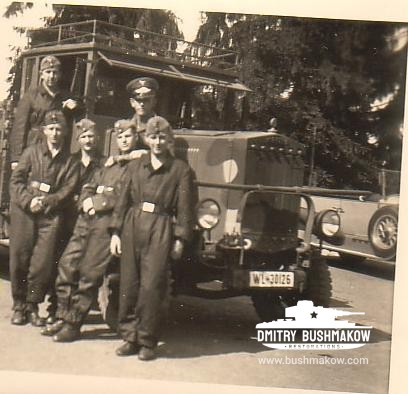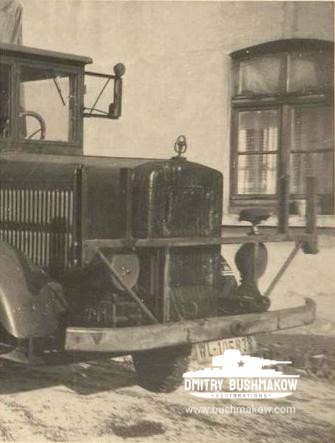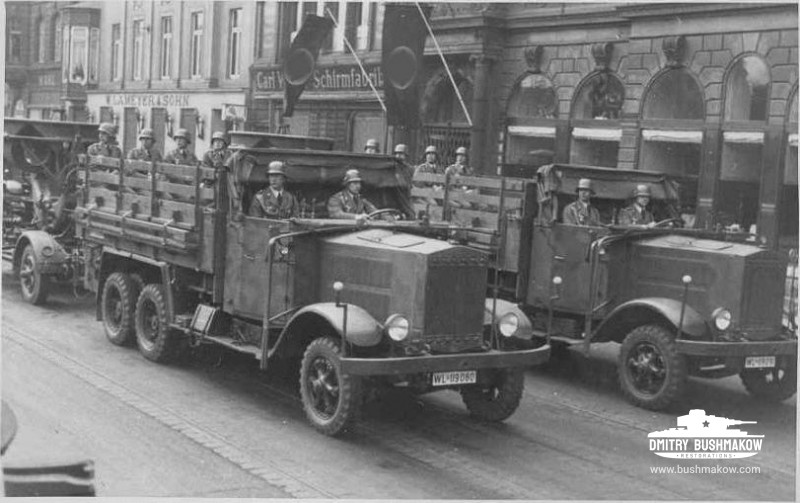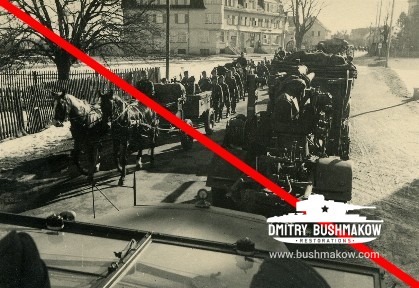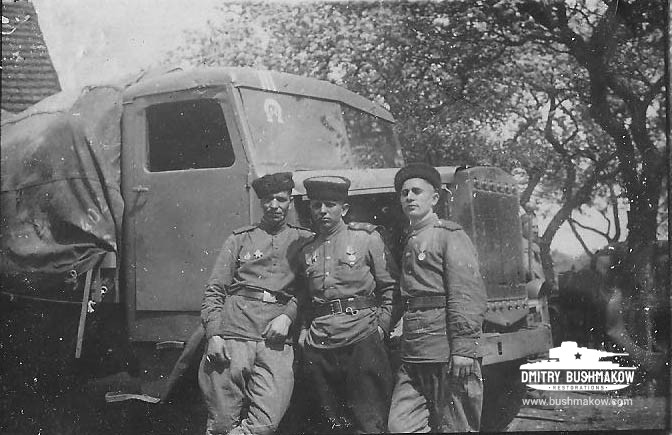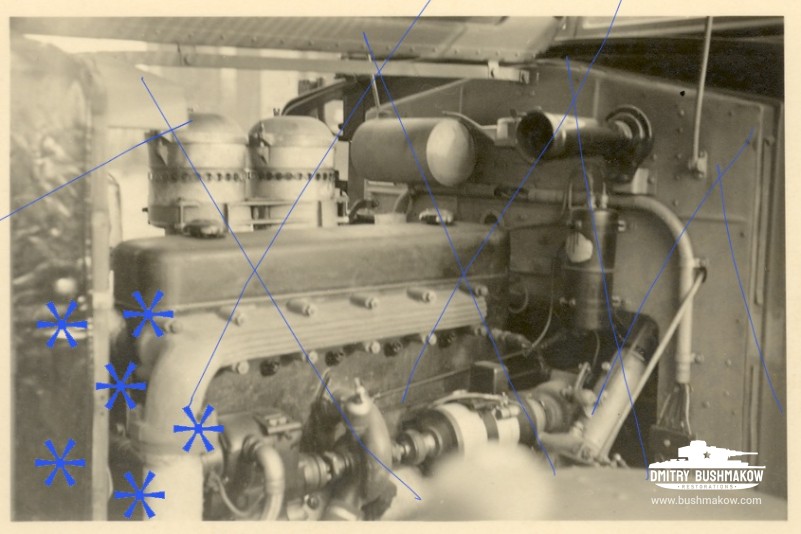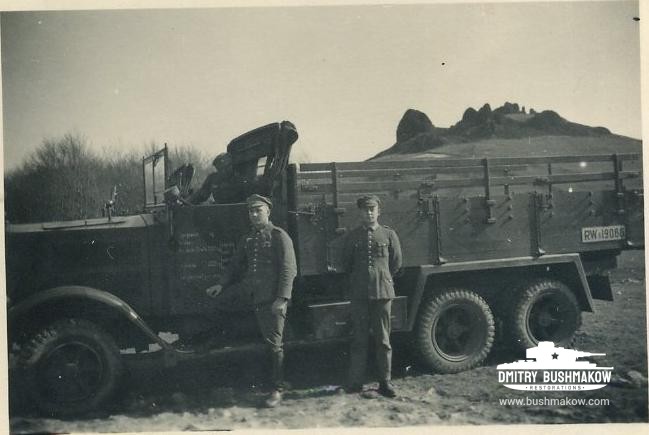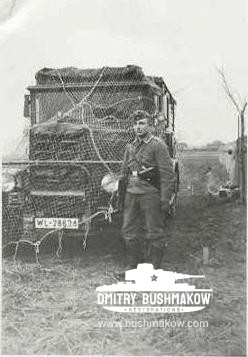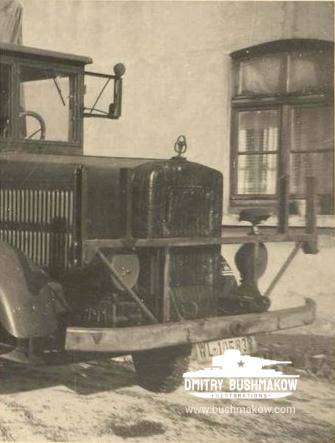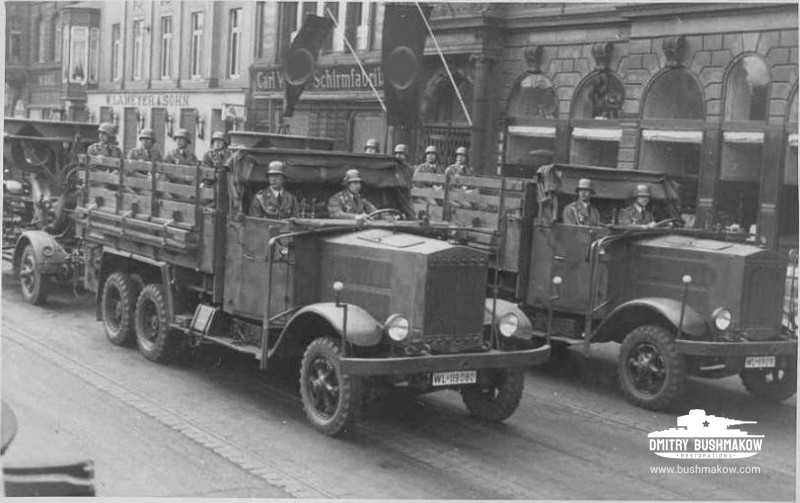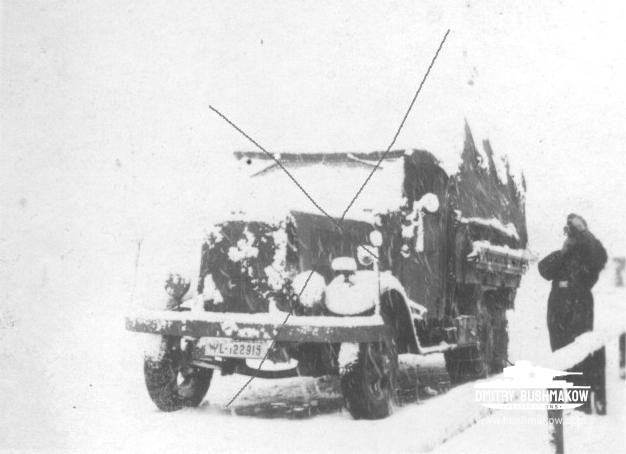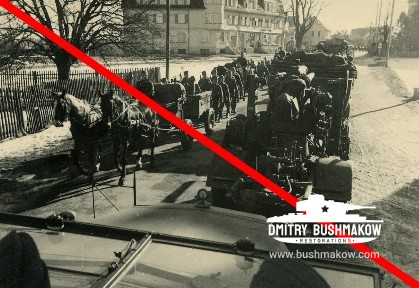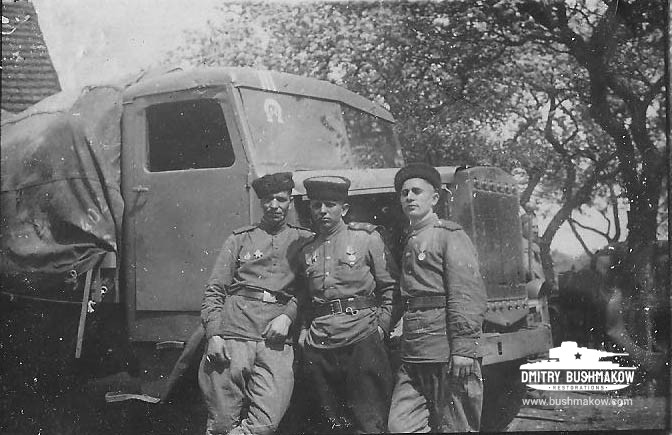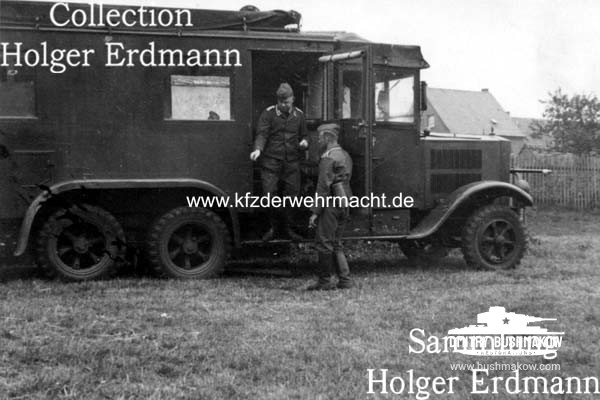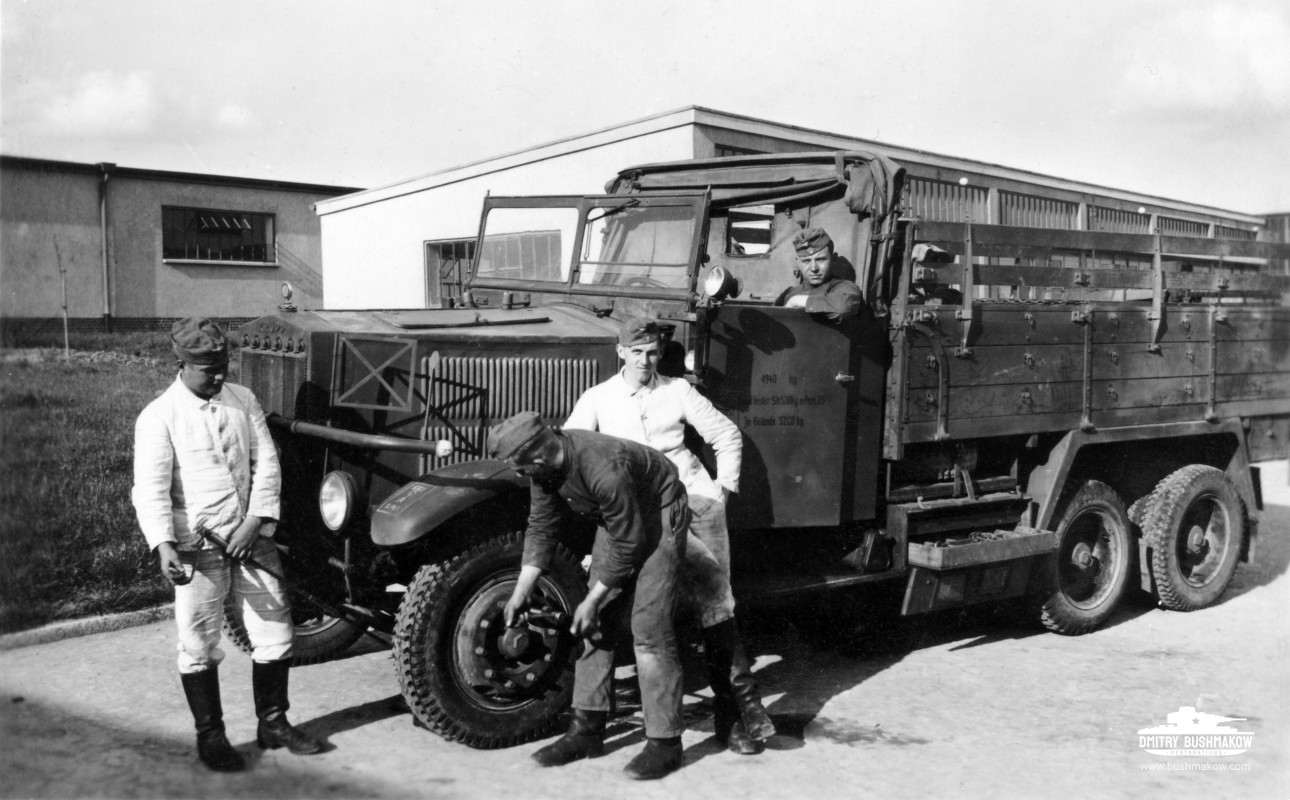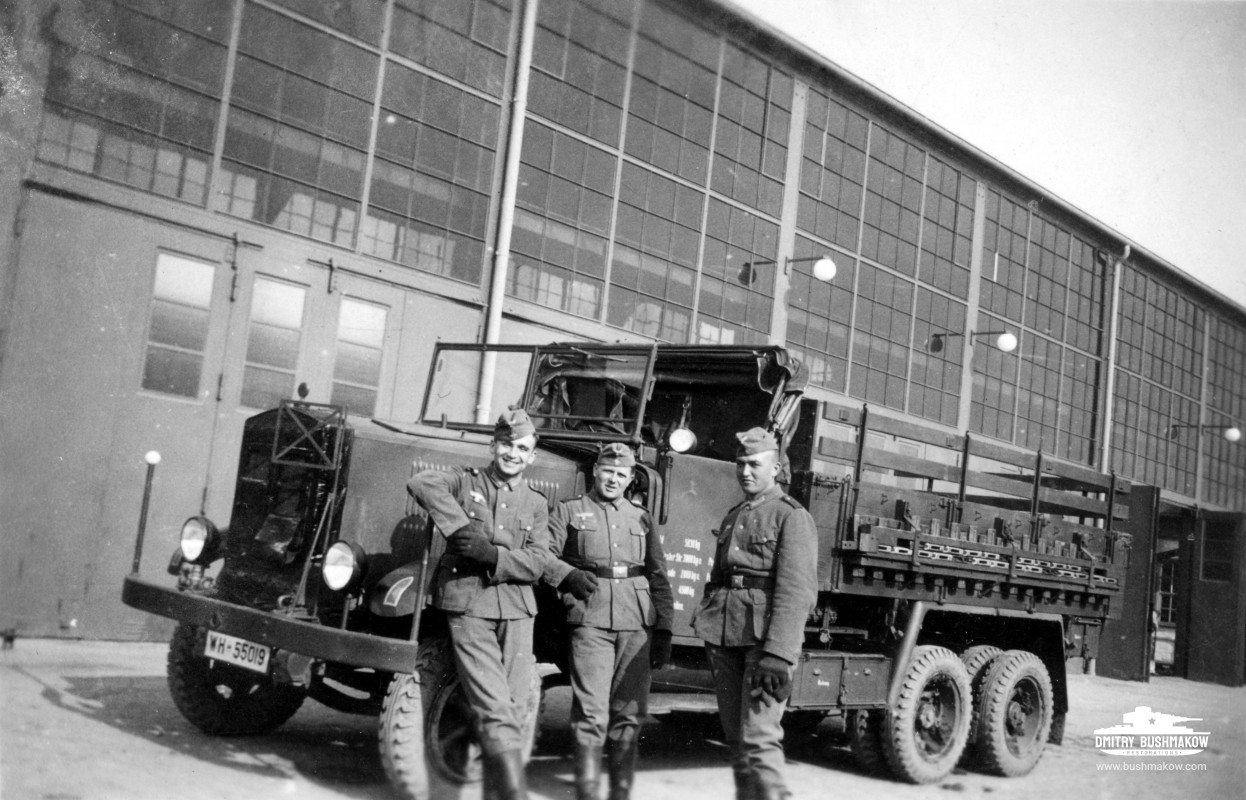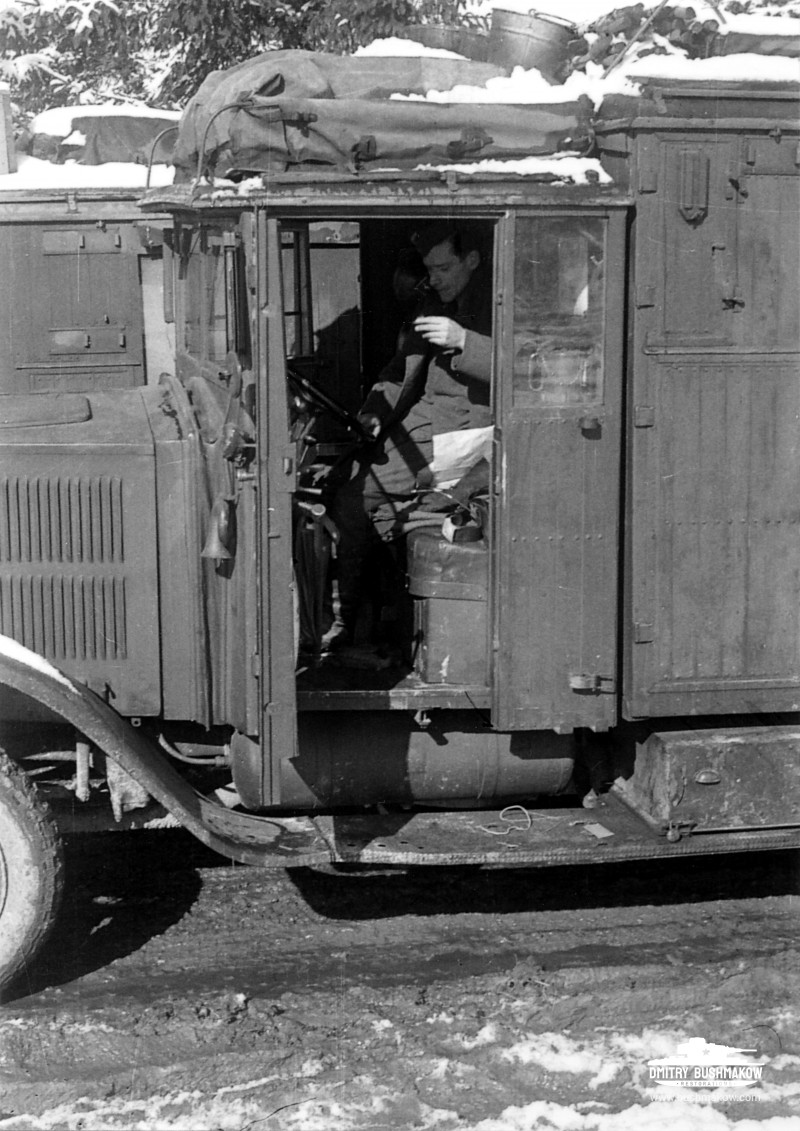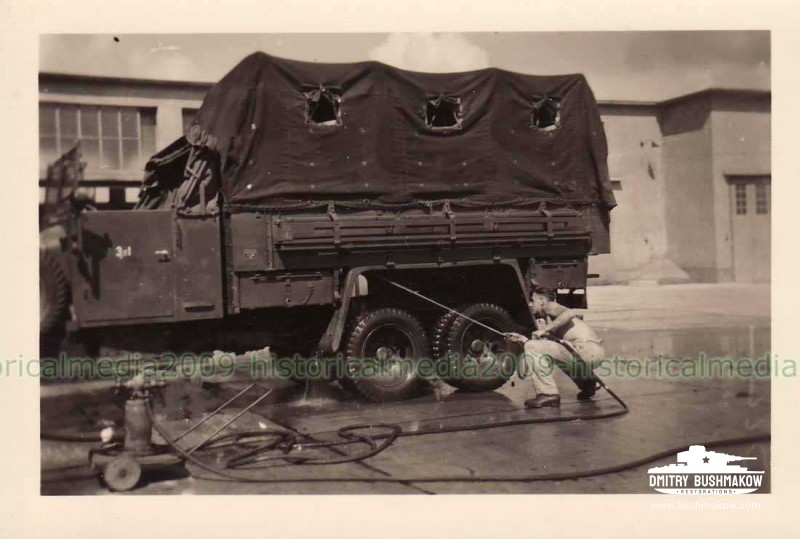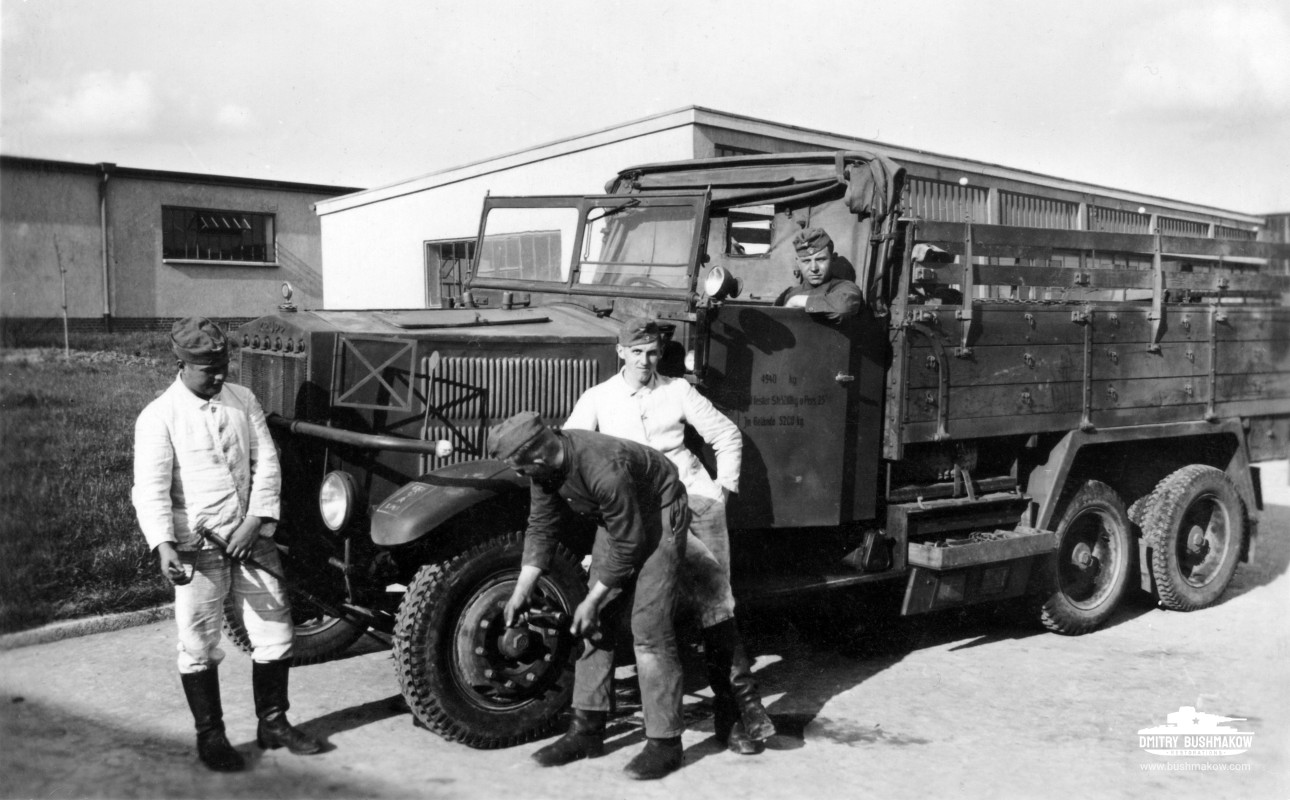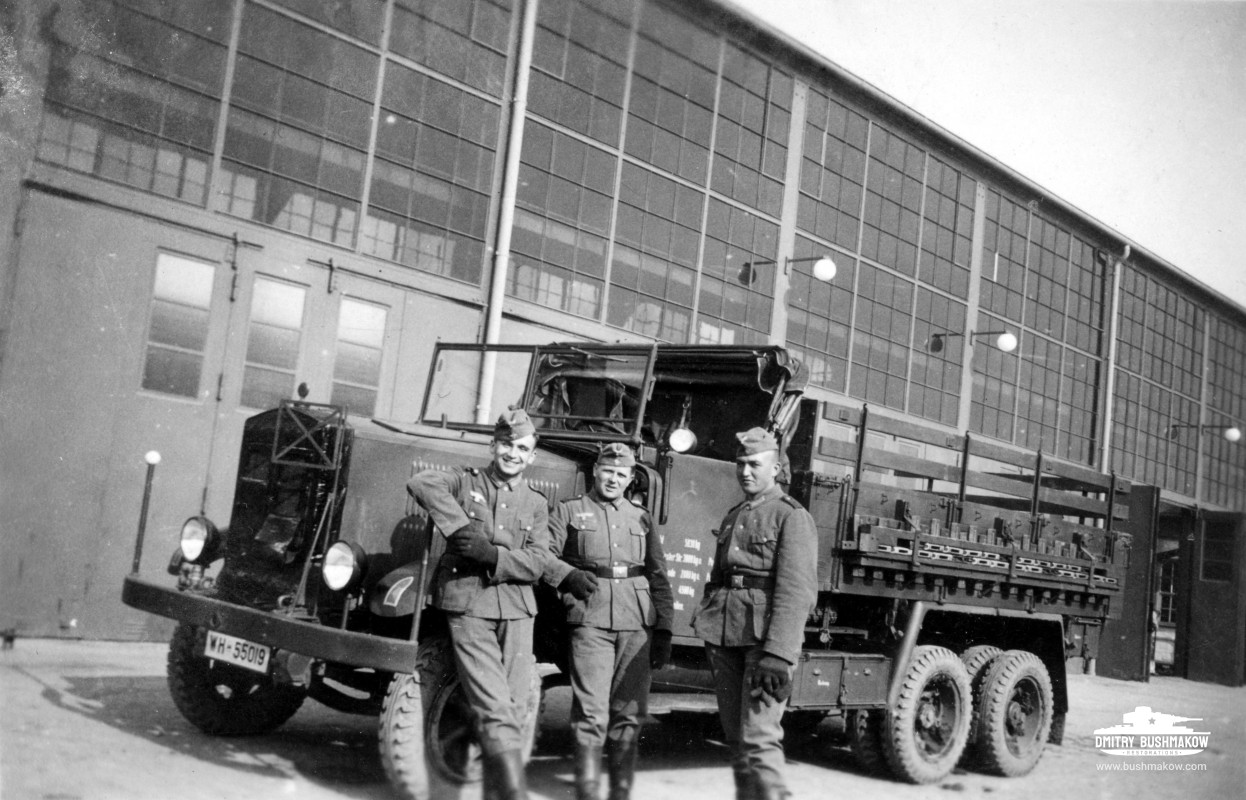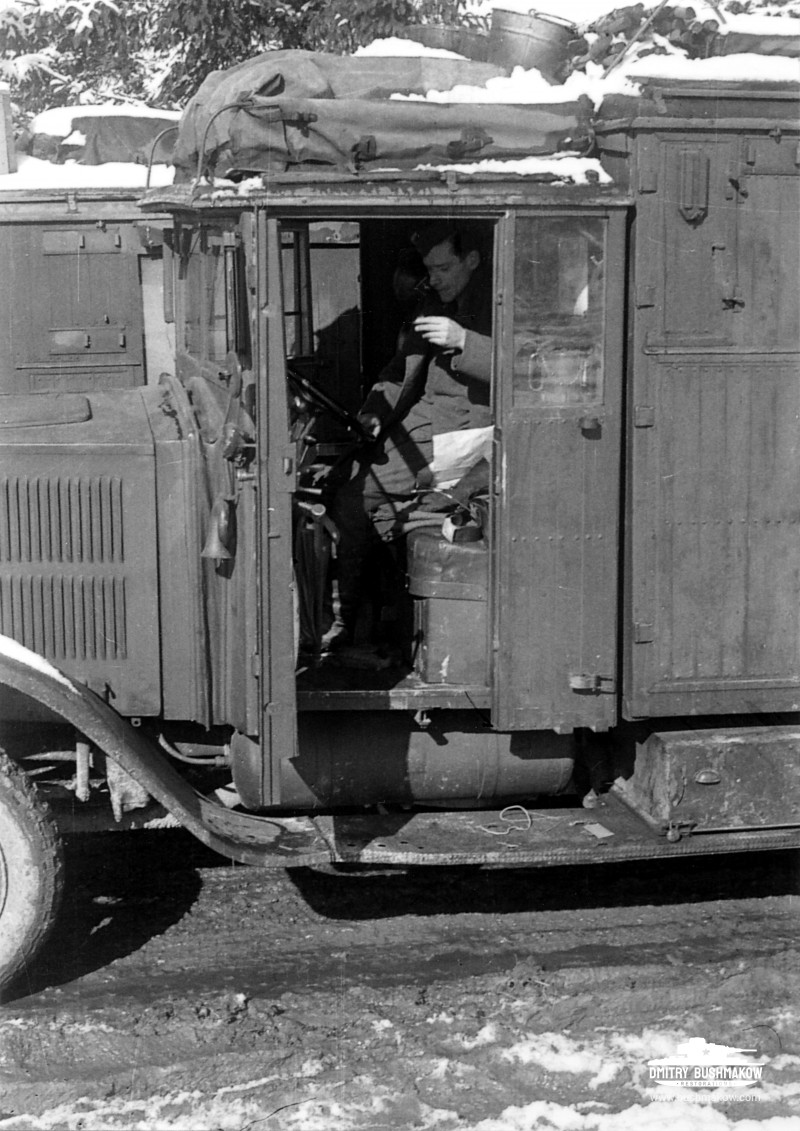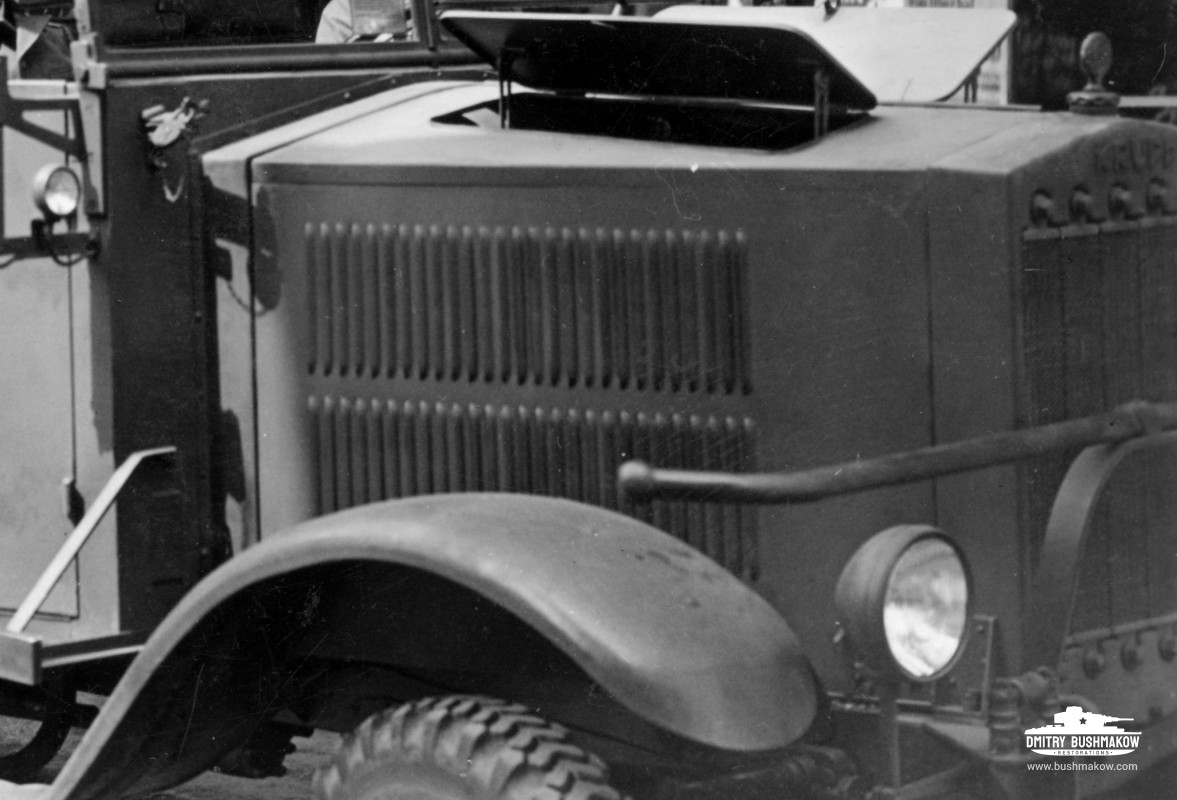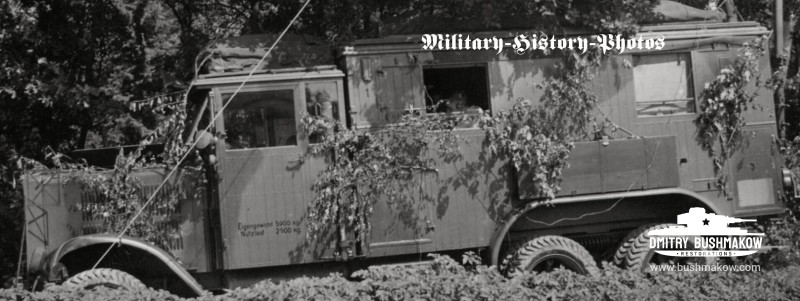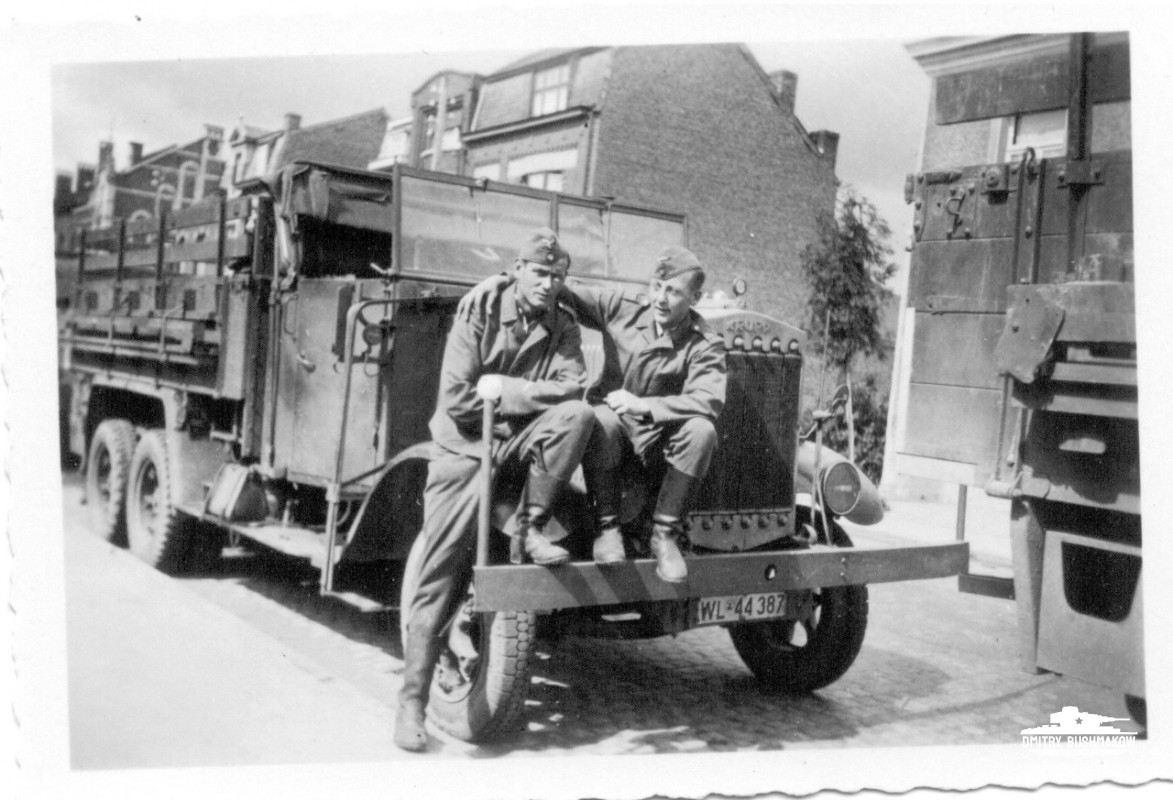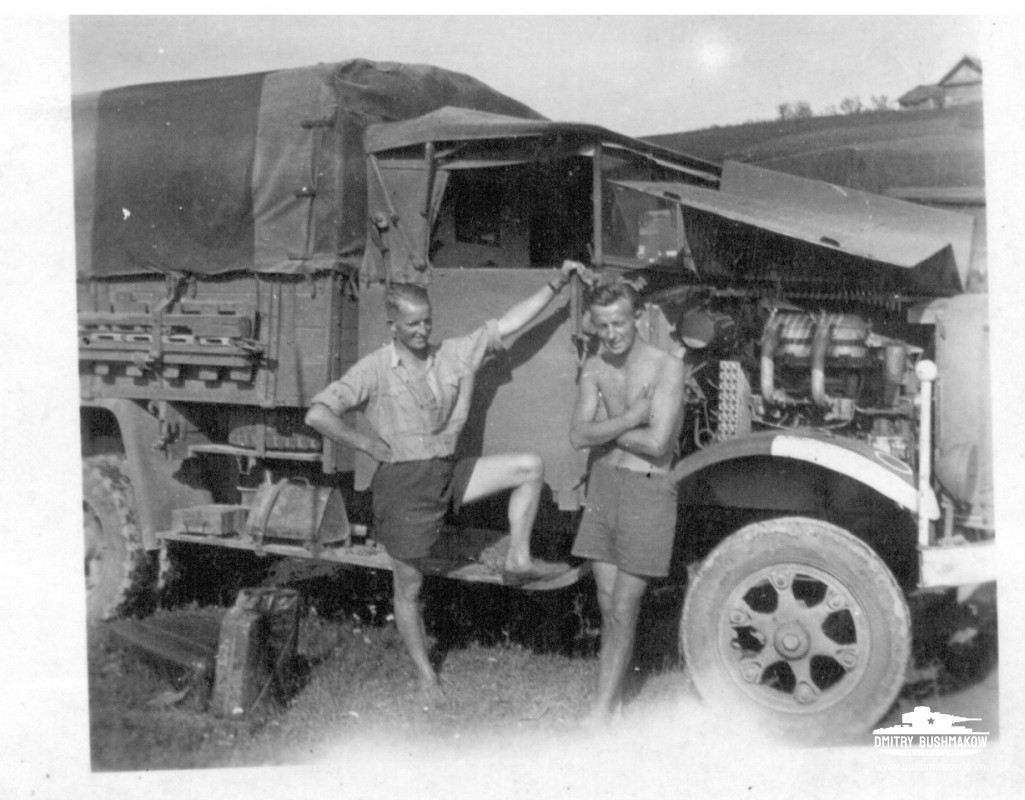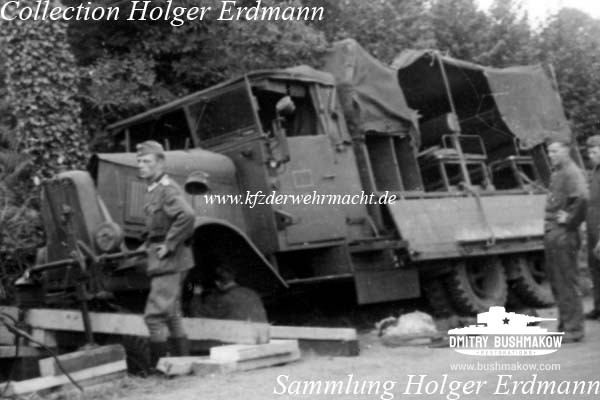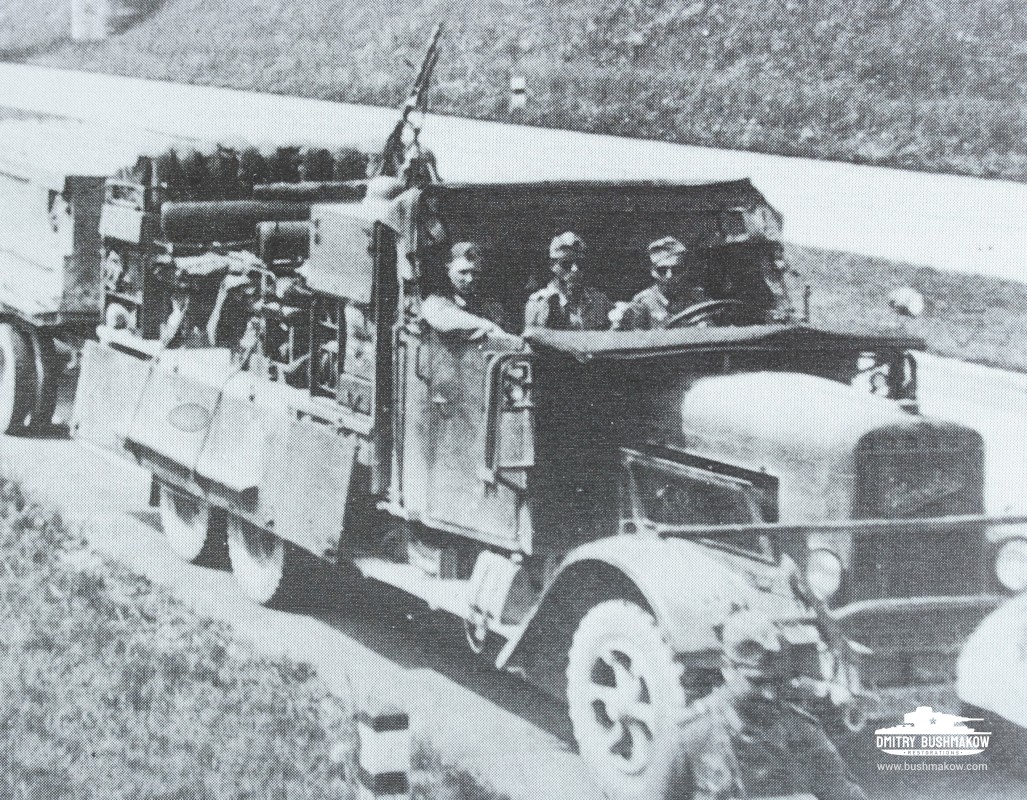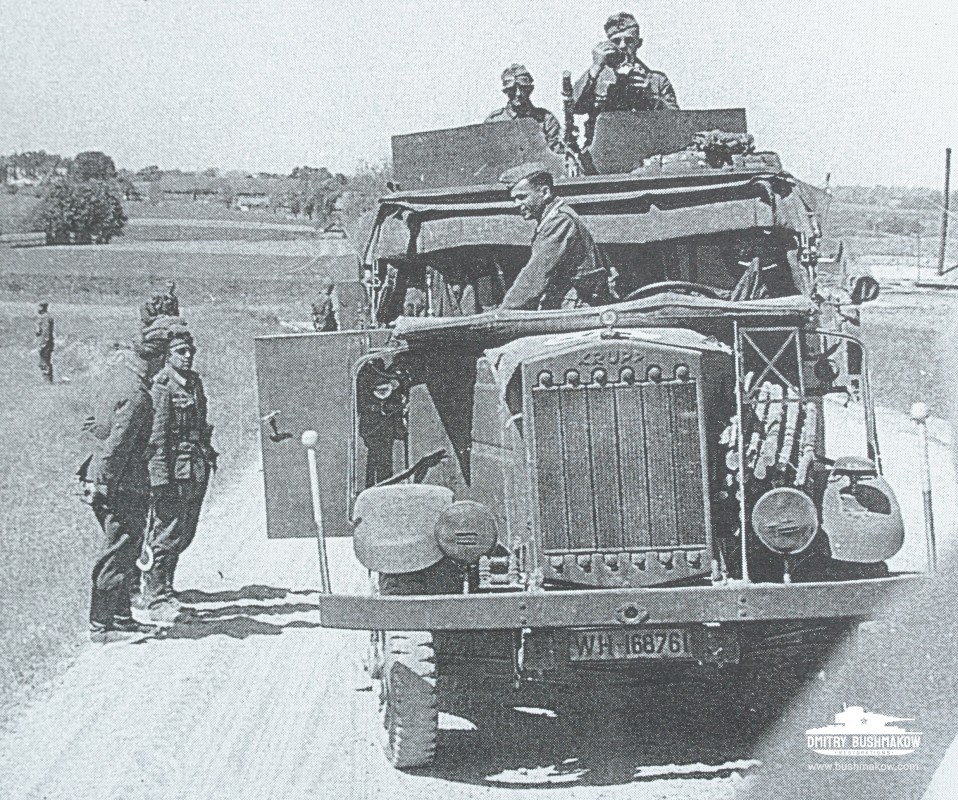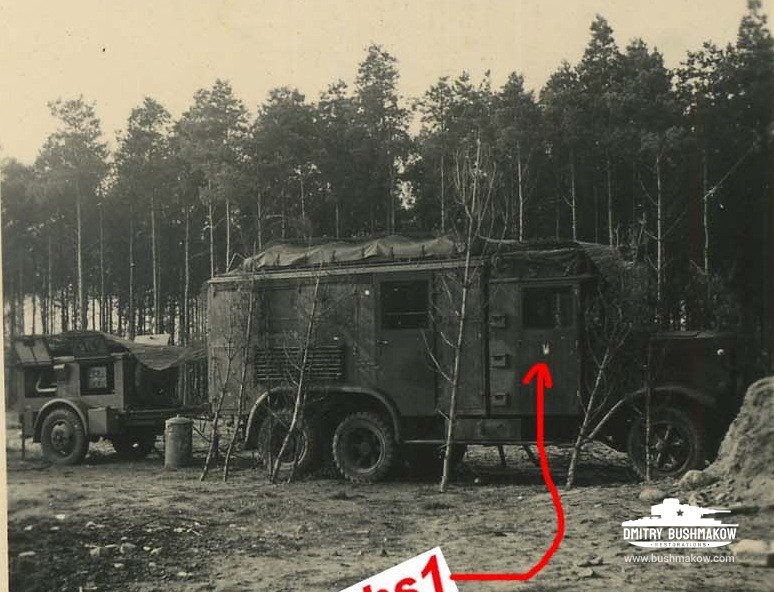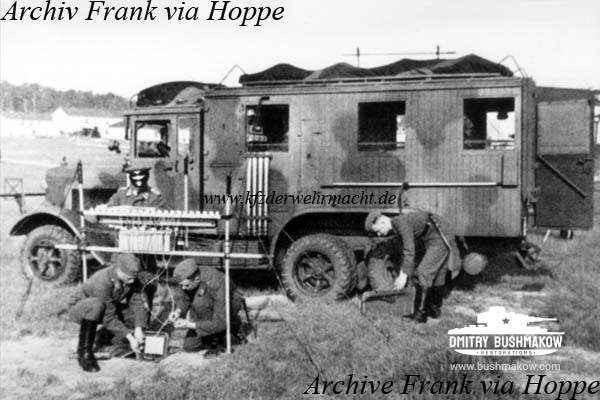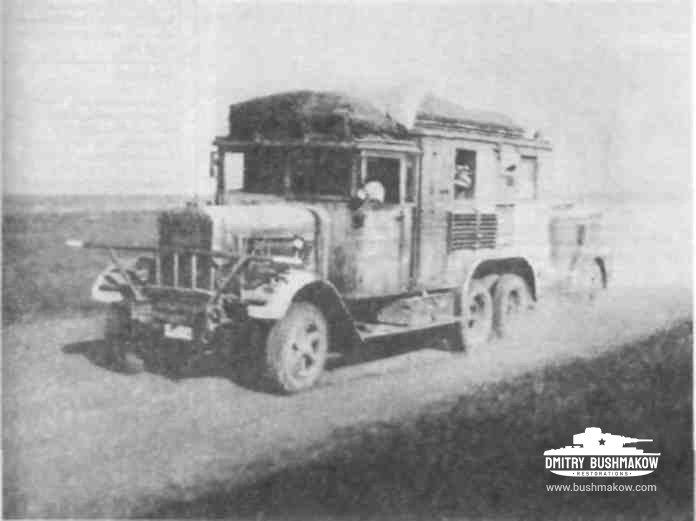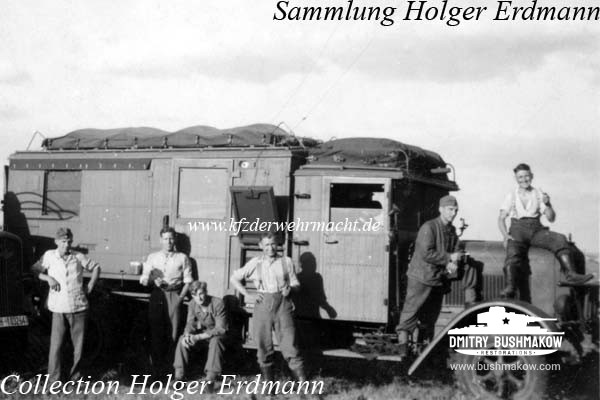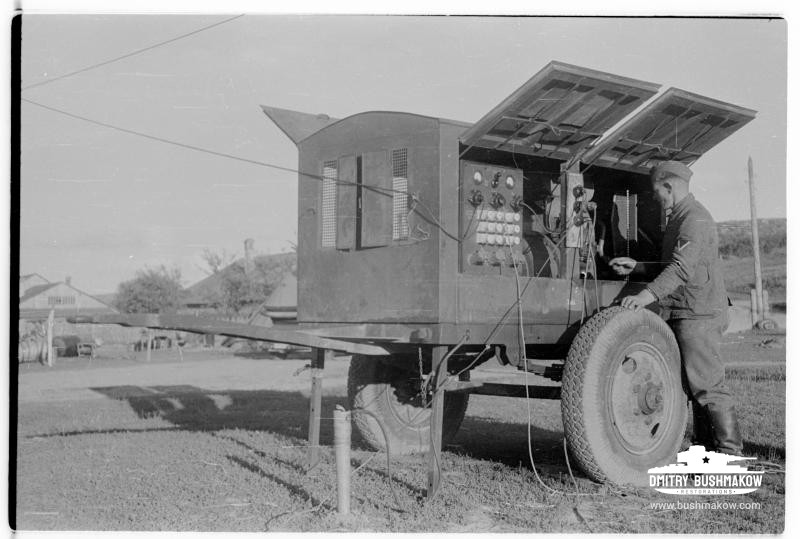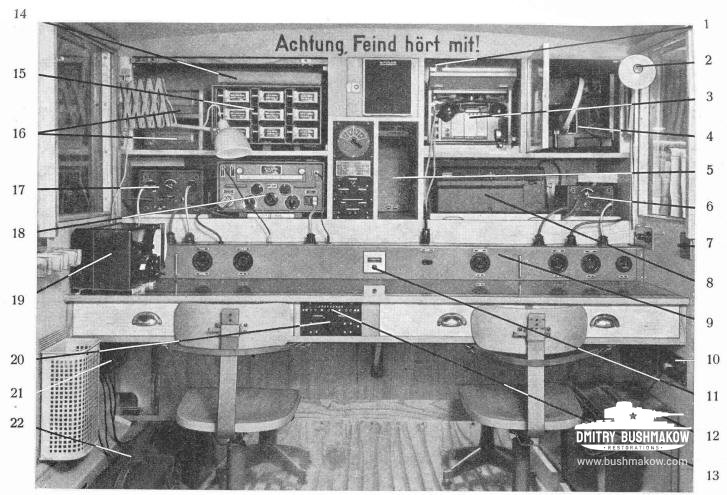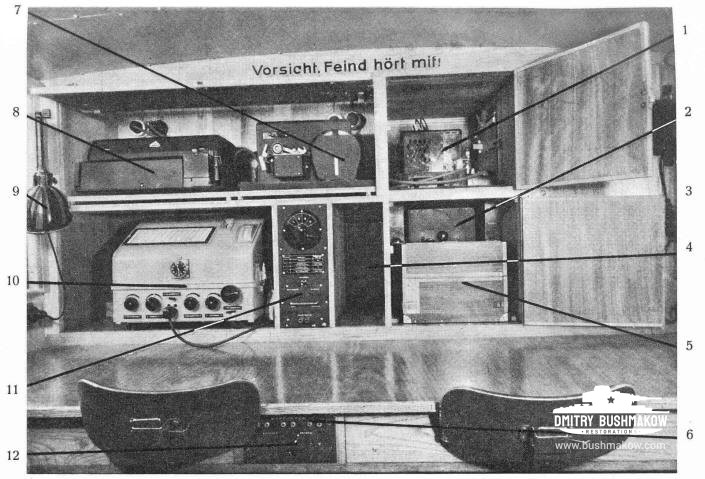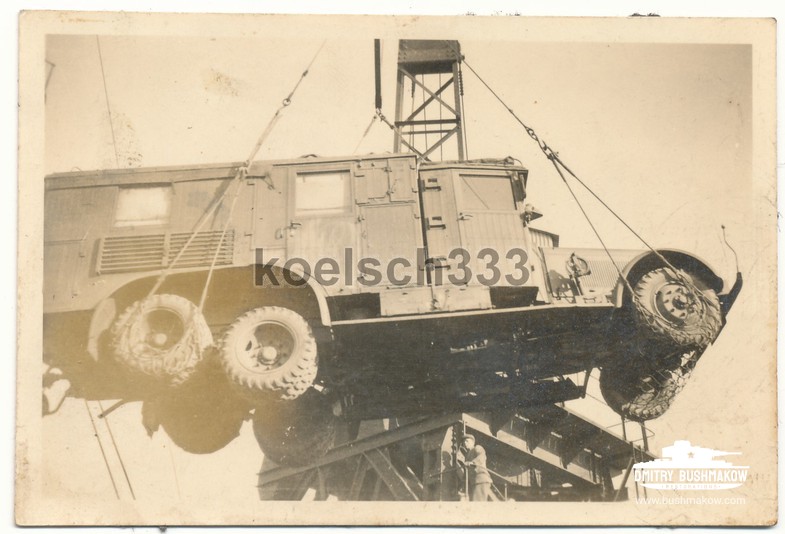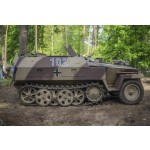Krupp L3 H 163 1938
Vehicle history
Original schassis were found in Russia Novgorod region, complete with 3 axles being completely destroyed with bomb or something very powerful its good visible by frame damage, better frame as donor comes from sunny Spain, Valencia, where was used as agricultural beast for years after the war. Engine is original Krupp M12 found and being professionaly restored in Germany.
now vehicle will be restored to fully operational original condition as m. gl. Lkw. off. (o)
mittlere gelandegangige Lastkraftwagen offen Medium offroad truck open
History of Krupp L3H163 development
Krupp L3 H 163
L - Lastkraftwagen - Truck
3 - 3 ton carry capacity
H - Hochrahmen - High frame
1 - version
6 - zylinders
3 - axles
Krupp developed and produced three-axle cross-country lorries fort the civilian market already in the mid 1920s. Beginning in 1925, a six-wheel lorry for a payload of eight tons was manufactured in small numbers. One year later, a three-axle chassis for a payload of two tons was presented. Also this development stayed in production only for a short time. As a replacement for the less successful two ton chassis, a new three-axle chassis for a payload of four tons was presented in 1928. It was designated Krupp L 4. It seems that this chassis was likewise not very successful on the civilian market. Already in 1926, the Reichswehr had demanded the development of three-axle cross-country lorries in different payload classes in the course of the first program for motorising the Reichswehr. So the Reichswehr took notice on the Krupp developments. Therefore, Krupp modified the L 4 chassis according to the specifications of the Reichswehr already in 1929. The first testing vehicles of the new Krupp L 3 H 63 could be delivered the same year. The vehicle now had a payload of 3.5 tons and was propelled by a 75 HP petrol engine. After troop trials, an improved model of the Krupp L 3 H 63 entered limited serial production in 1931. Besides other changes, the power of the engine was increased to 90 HP. Some of the vehicles of the first serial production got air brakes of the make Knorrinstead of the serial oil pressure brakes. In 1936, the Krupp L 3 H 63 was replaced by the improved Krupp L 3 H 163. The Krupp L 3 H 163 had an improved shifting gear, a more powerful engine and new wheel suspensions. The Knorr air brakes were standard, now. Altogether, about 2,870 exemplars of the Krupp L 3 H 63 and L 3 H 163 were manufactured from 1928 to 1938. Although the vehicle had served well, the production figures never reached that of the rivalling models of Daimler Benz and Henschel
source: kfzderwehrmacht.de
Process in detail
Original historical photos
specifications
Engine Krupp M12
Transmission ZF
Hand and pedal brakes rear 2 axles air brakes, front axle no brakes.
